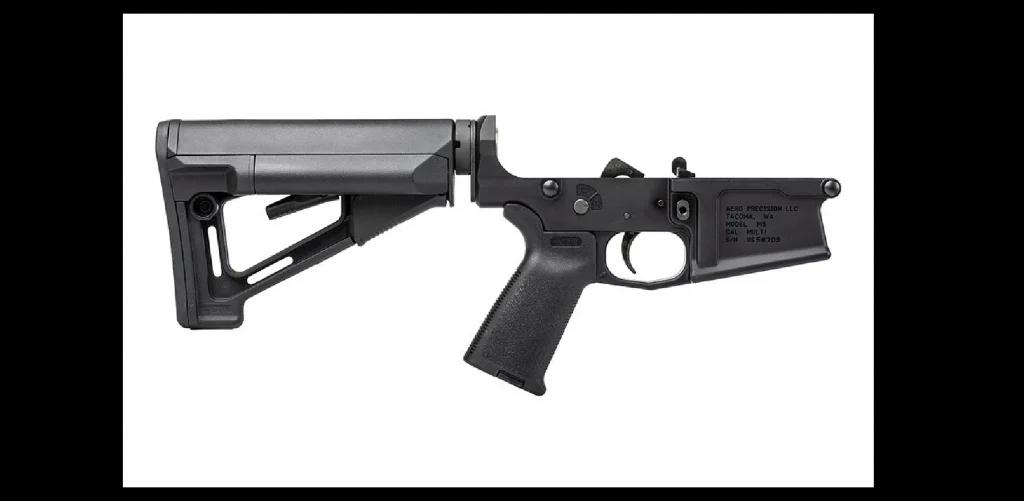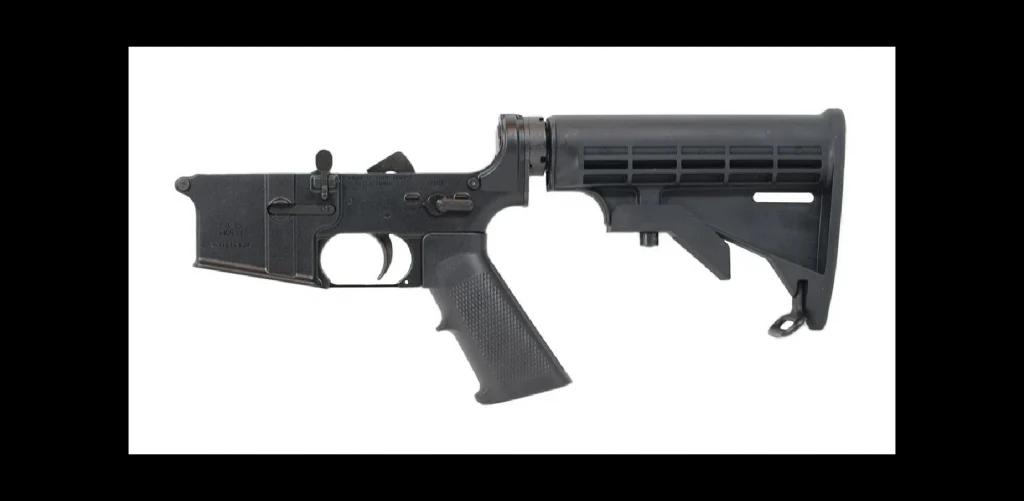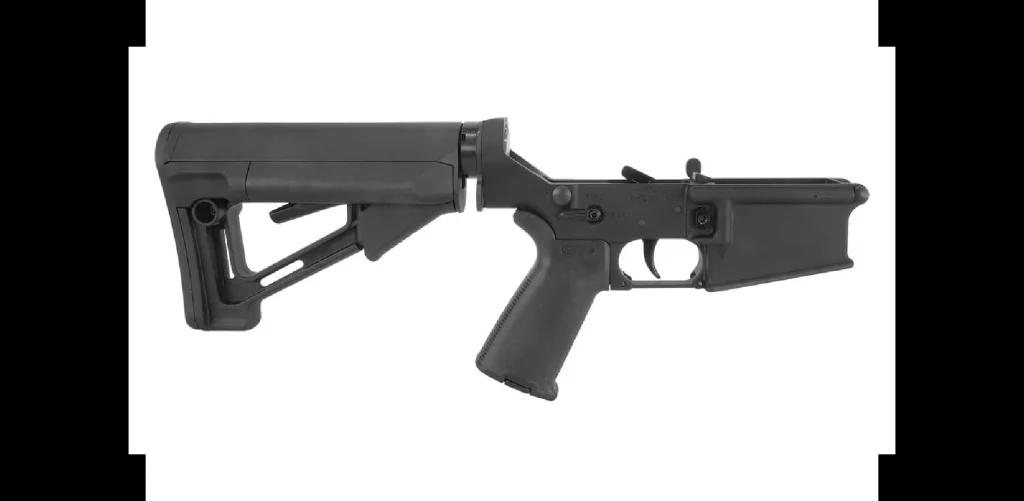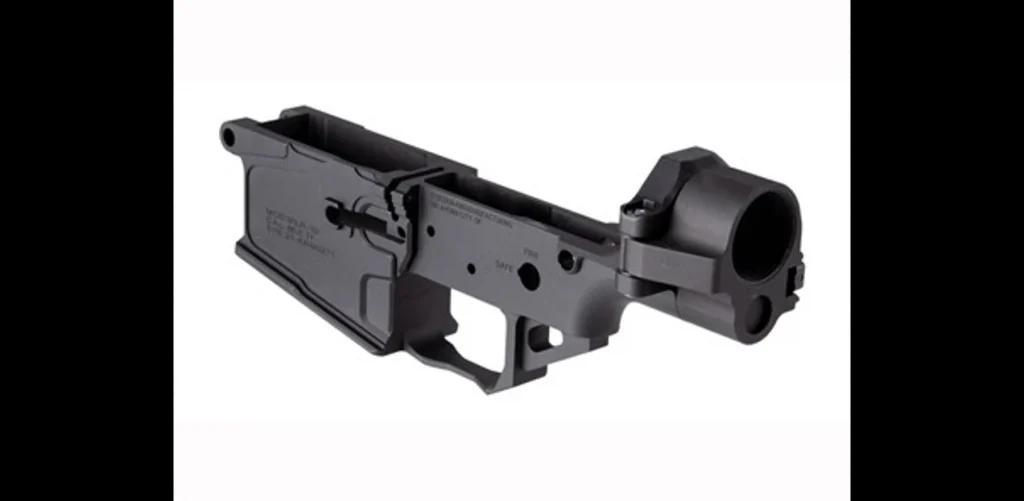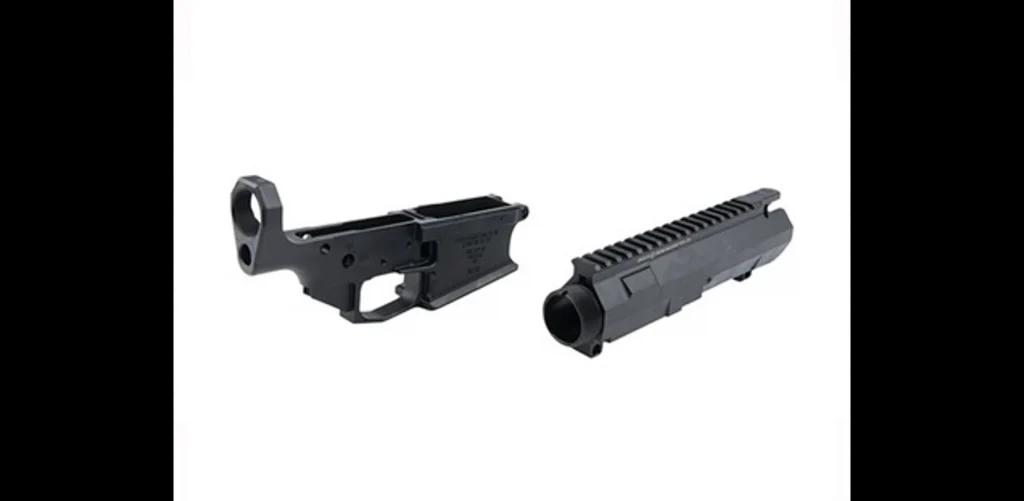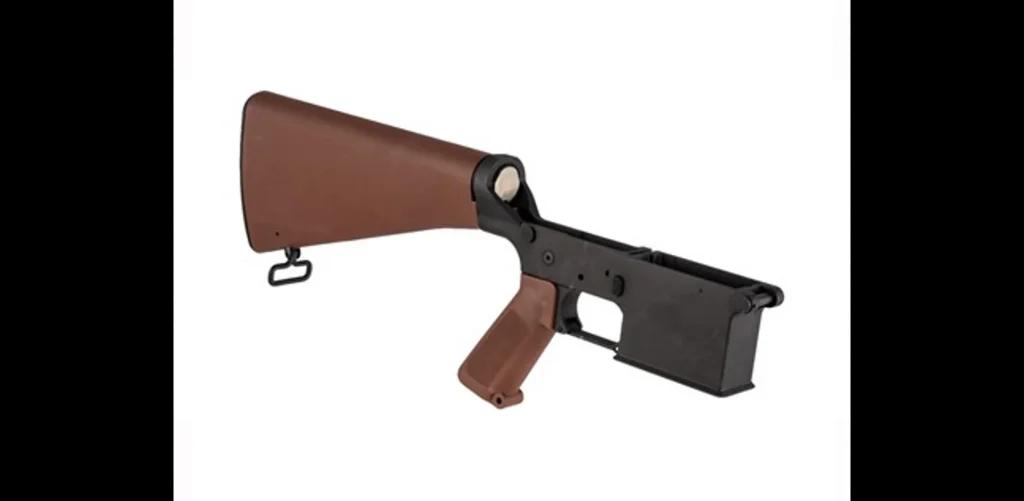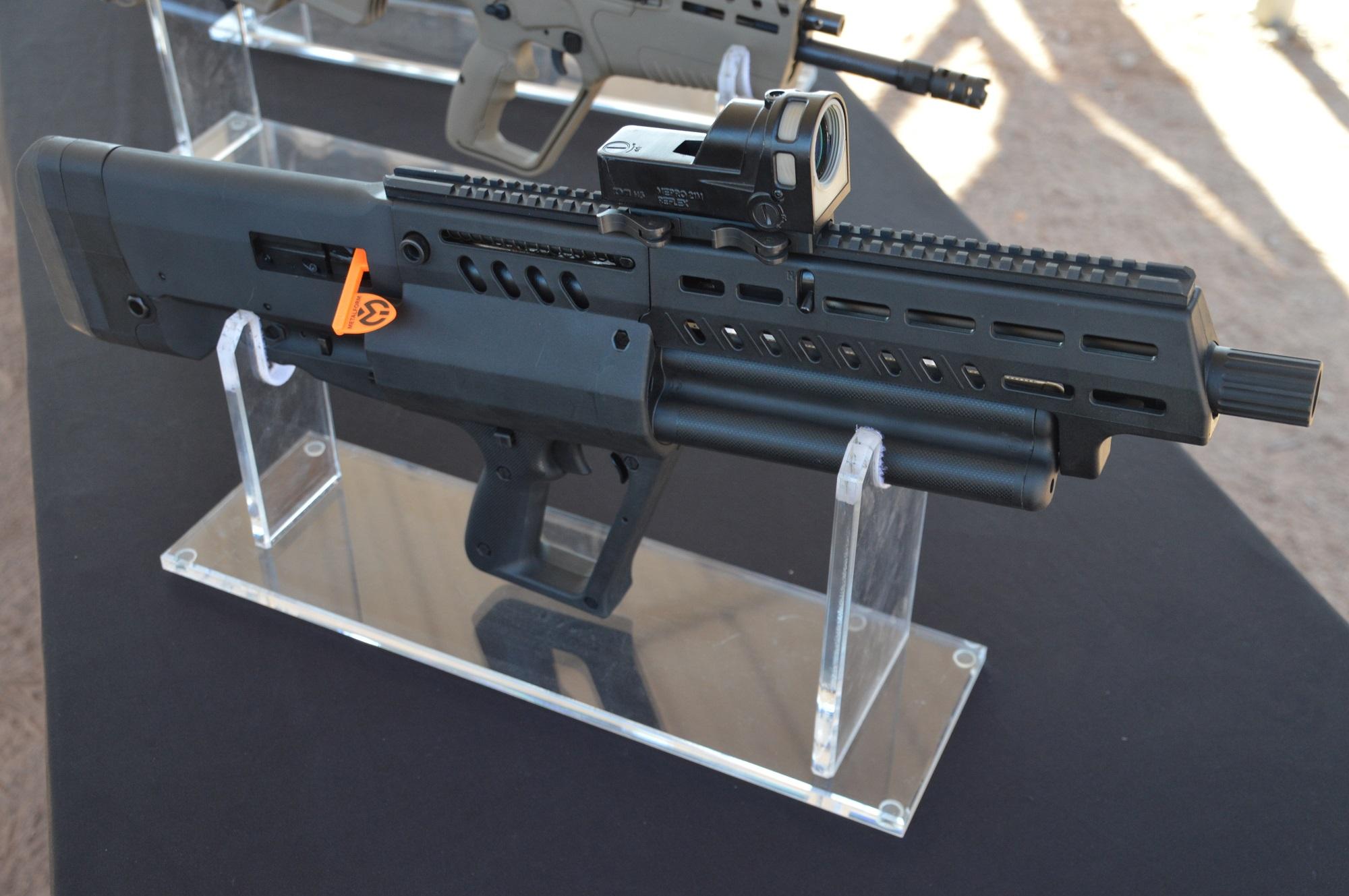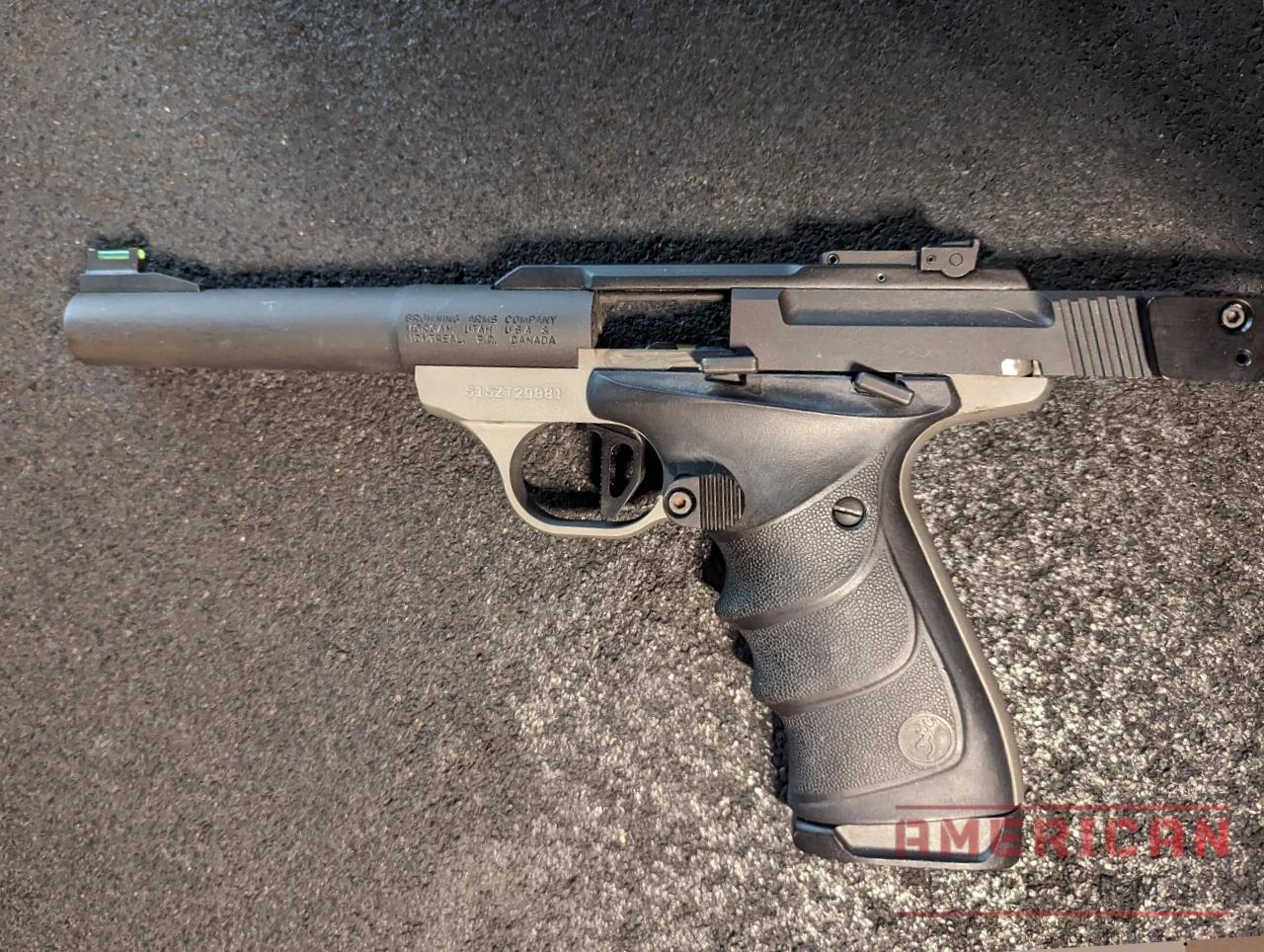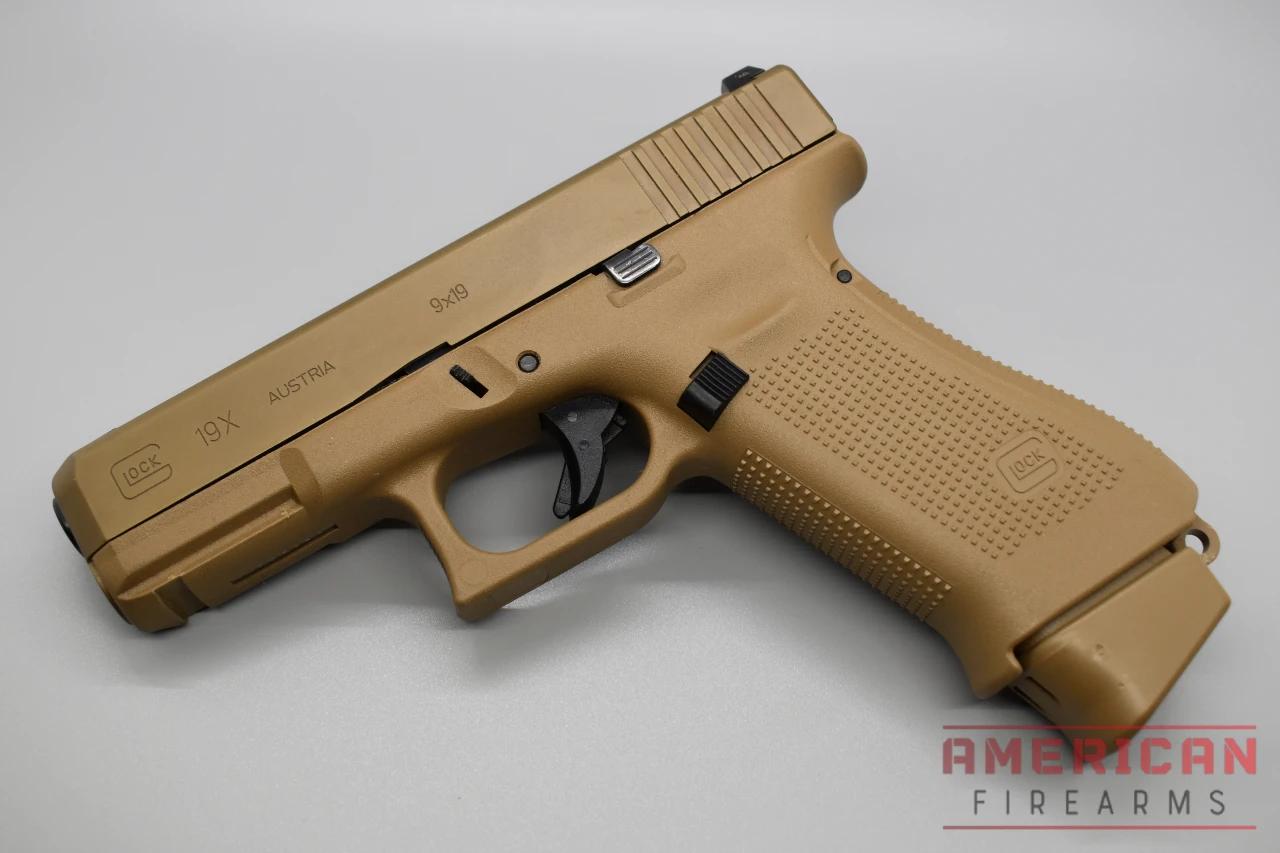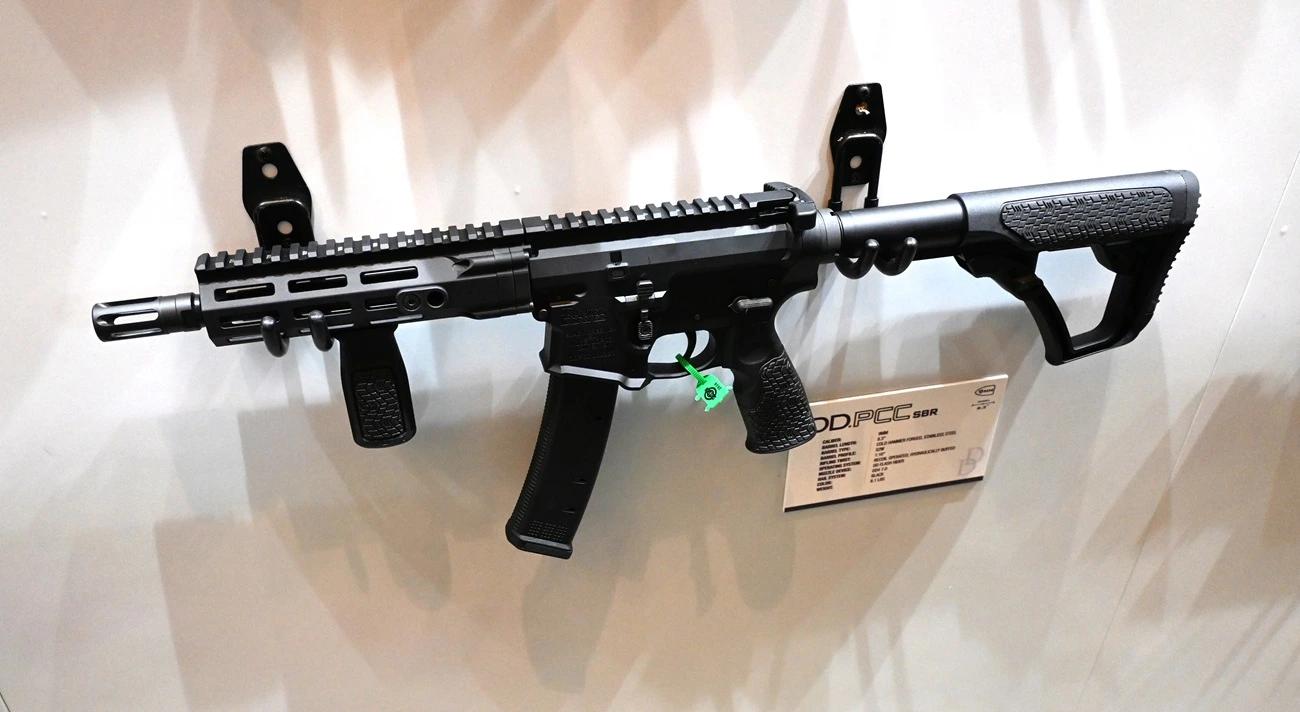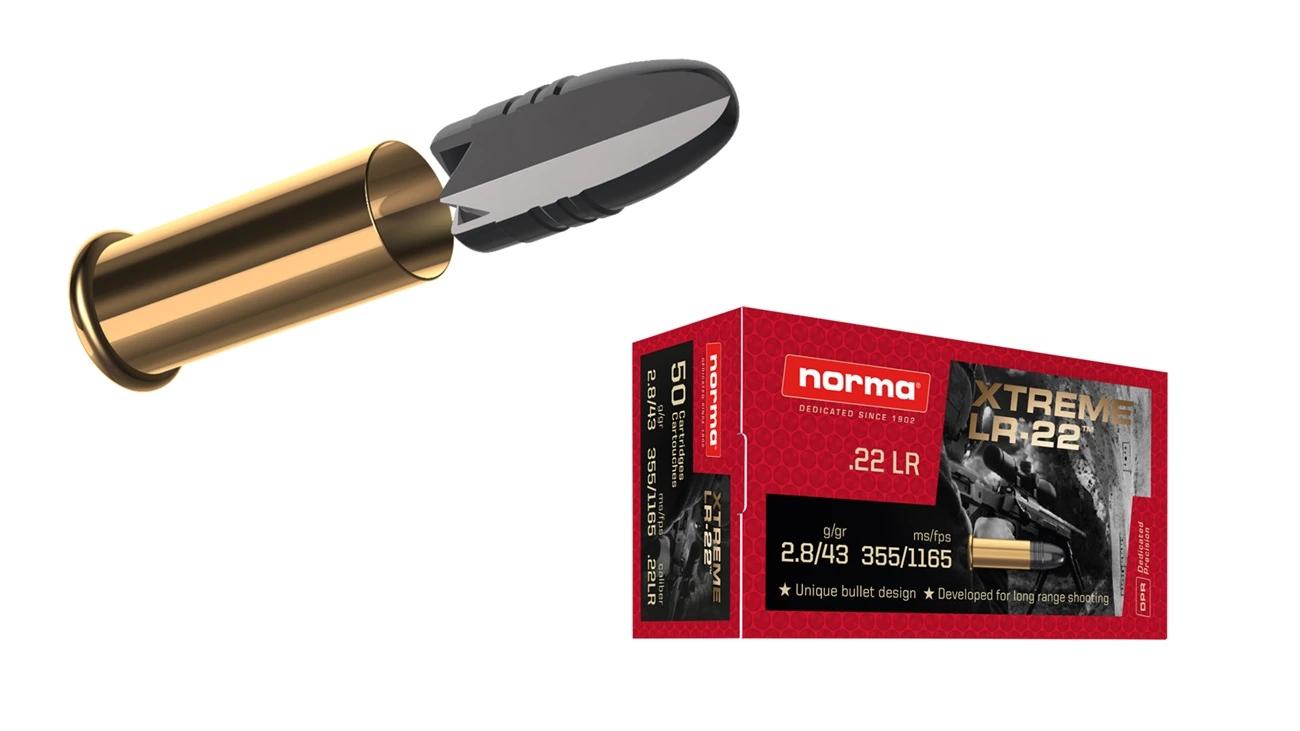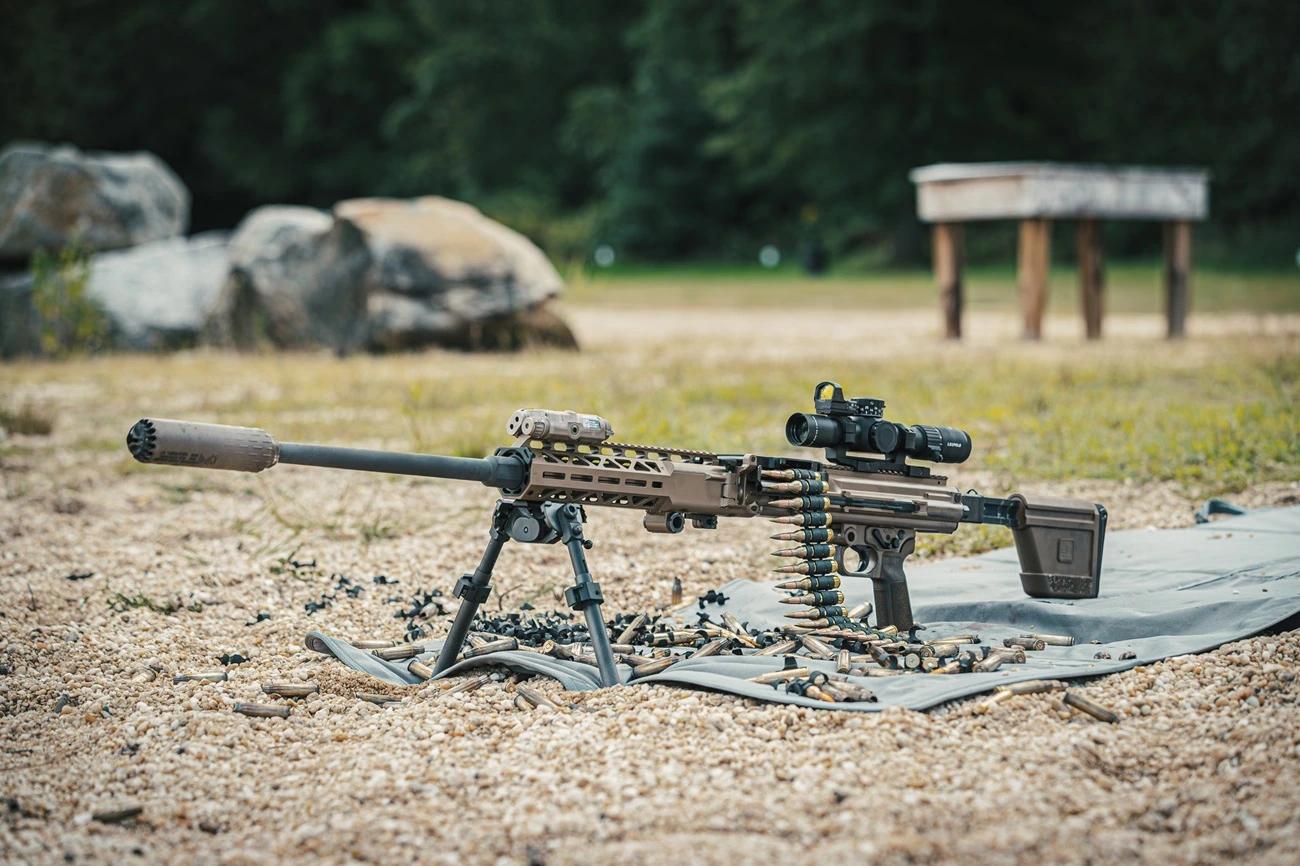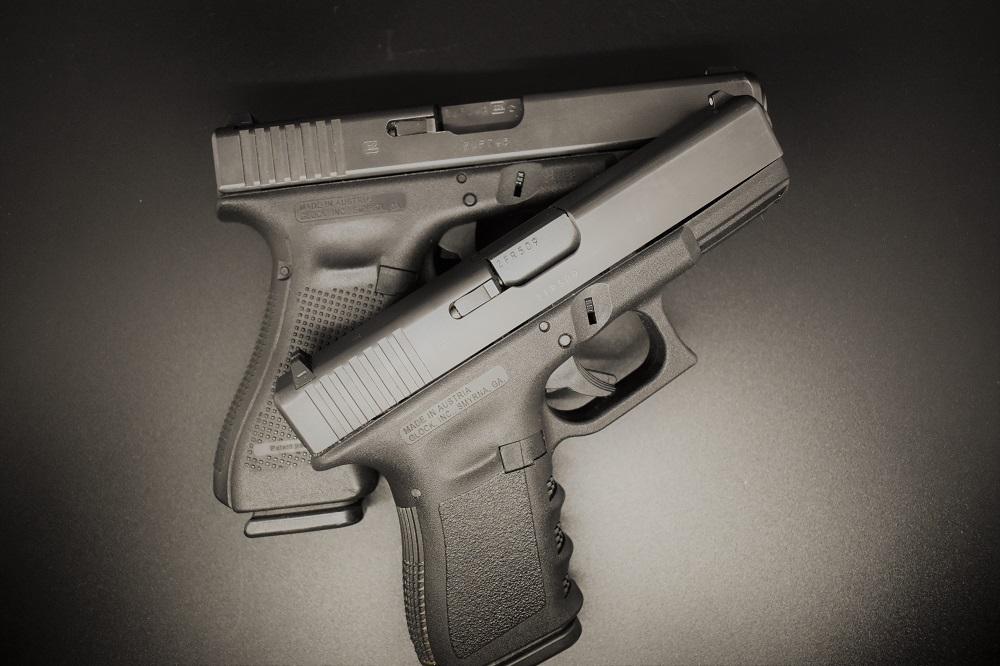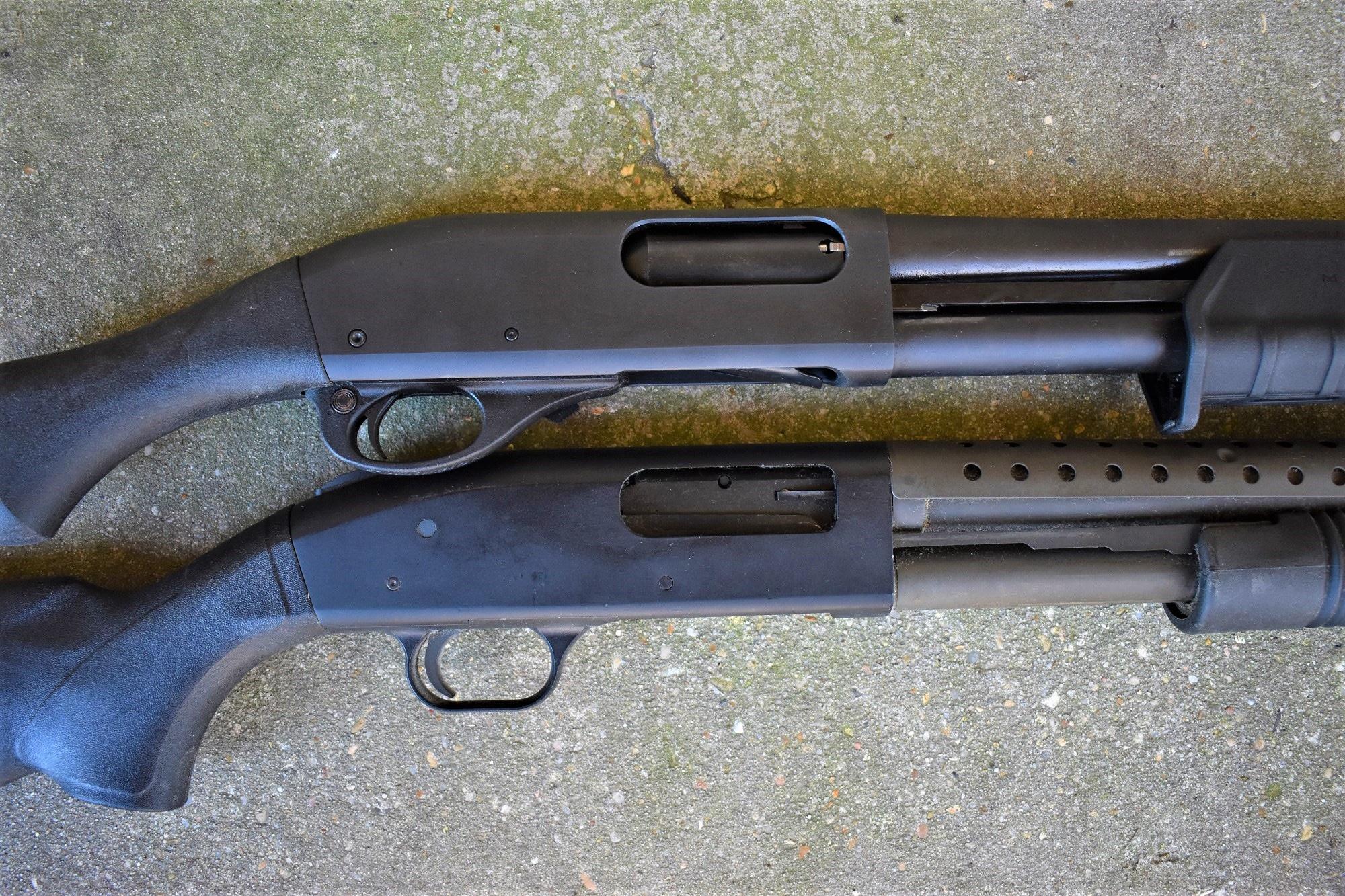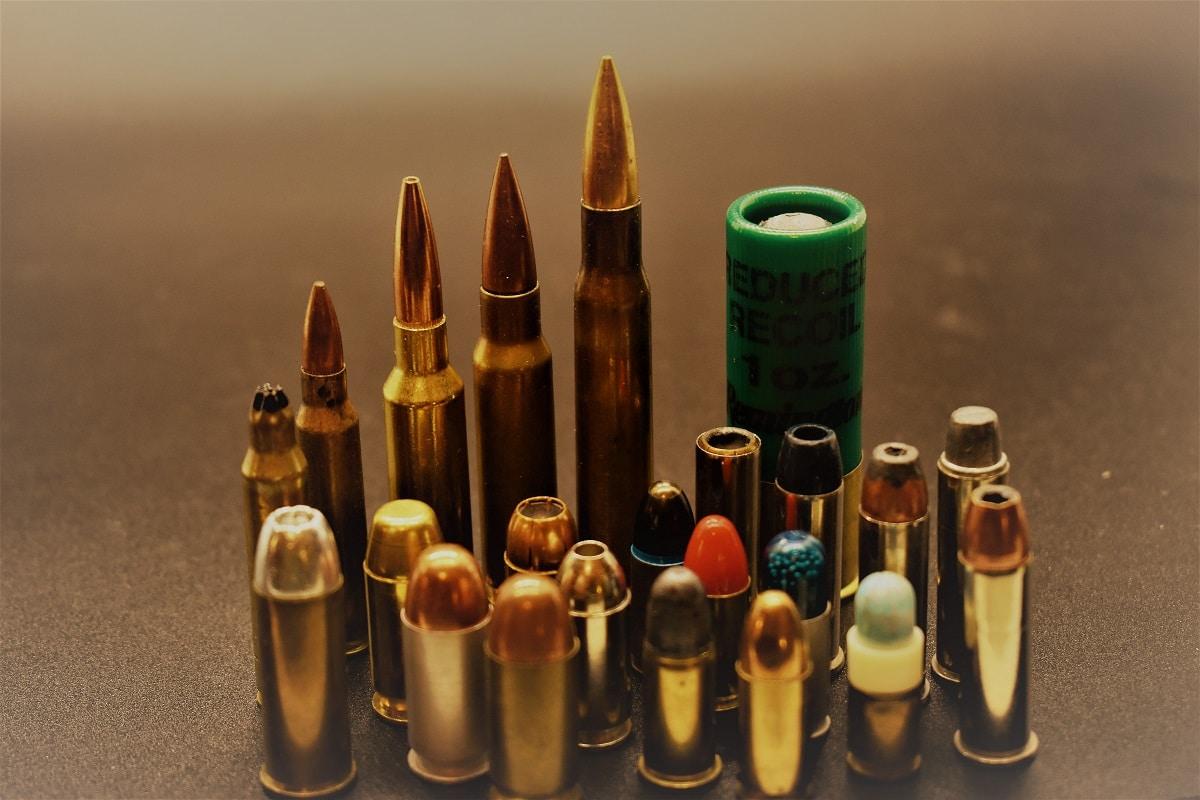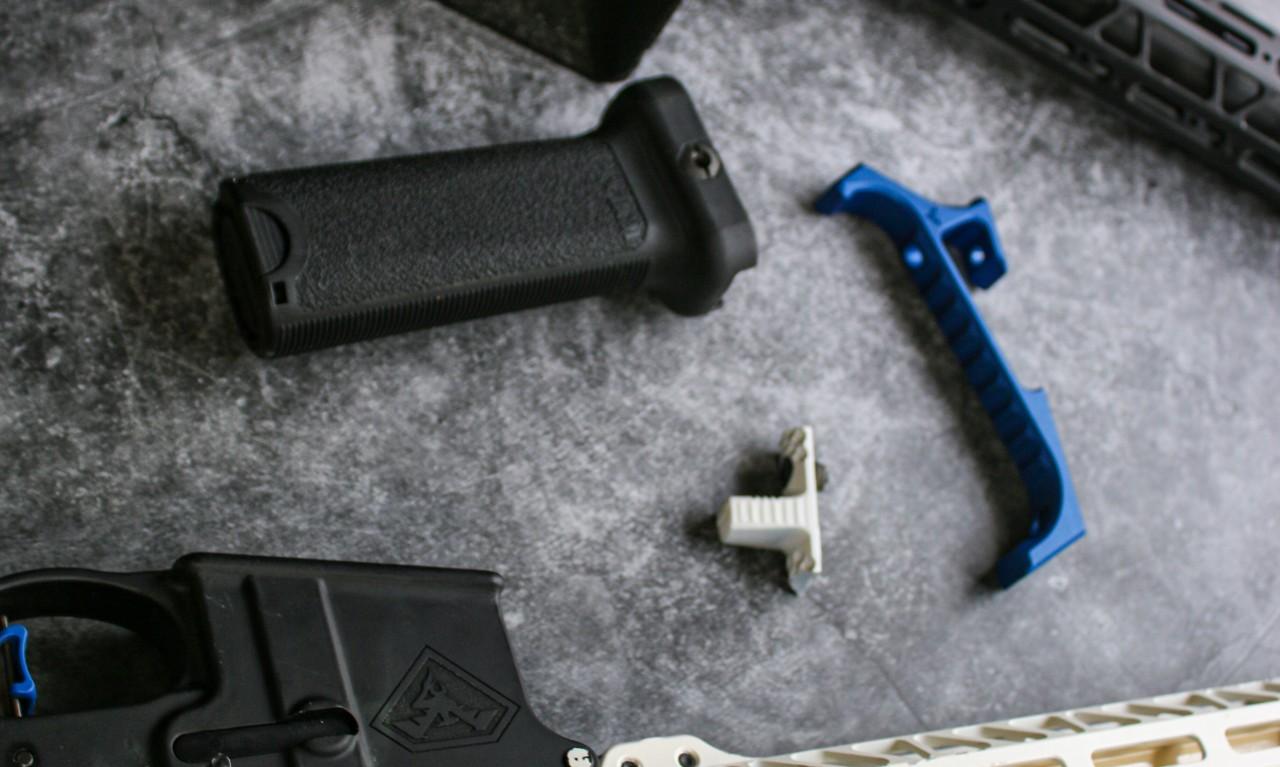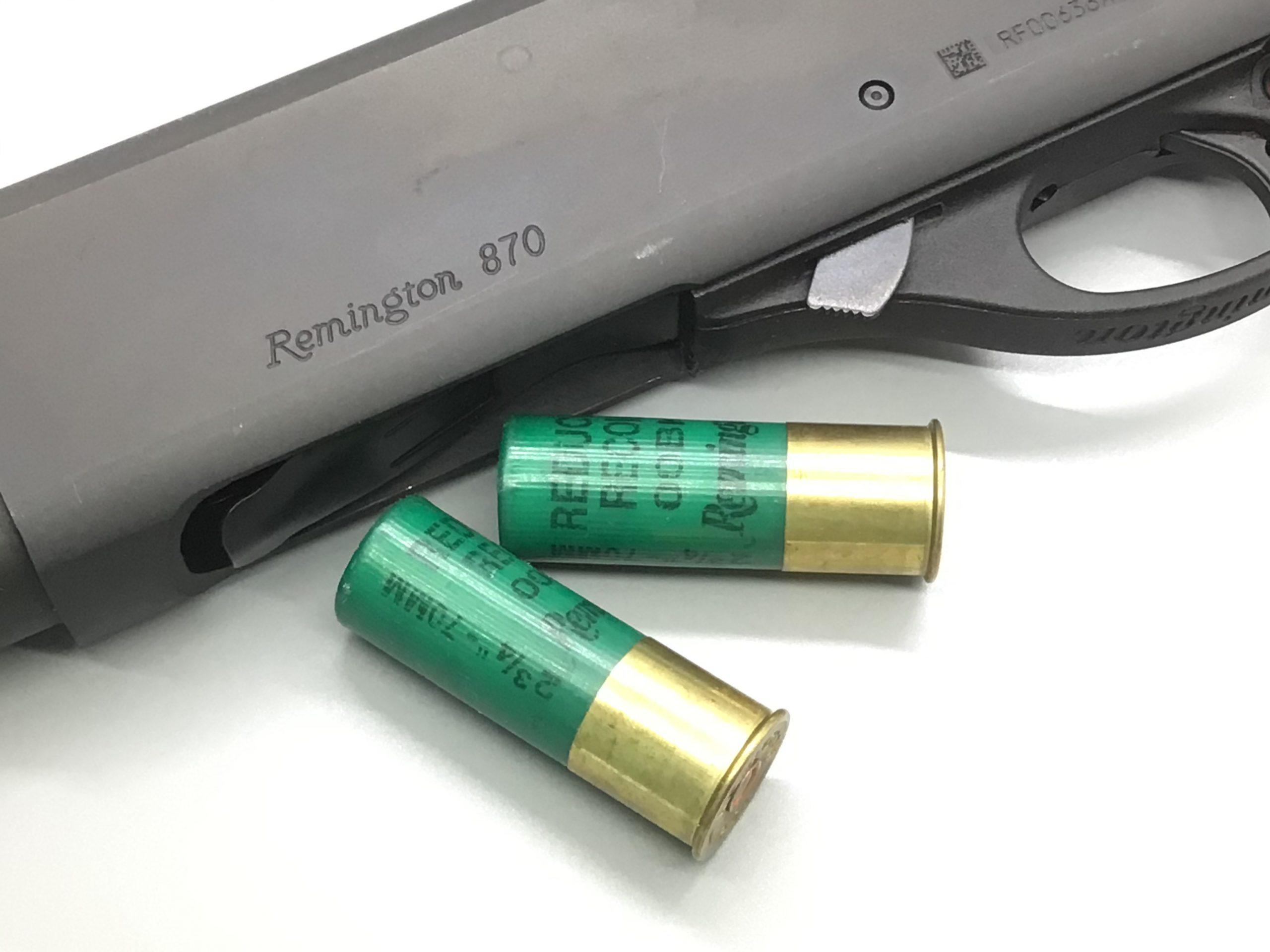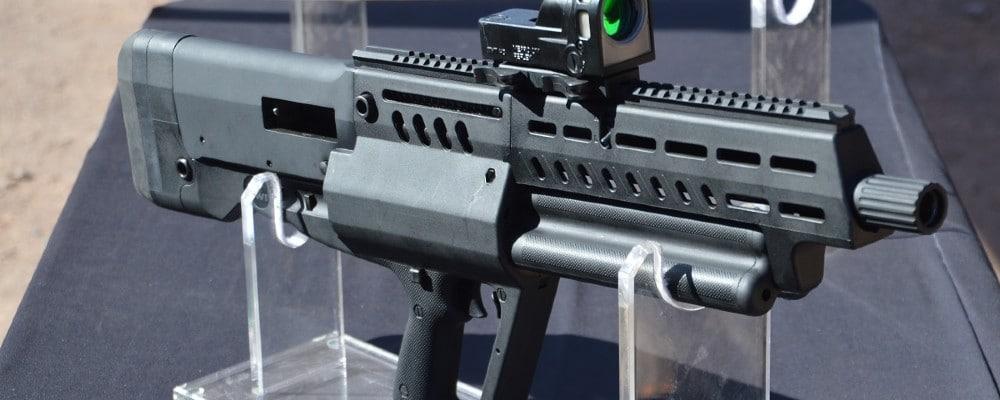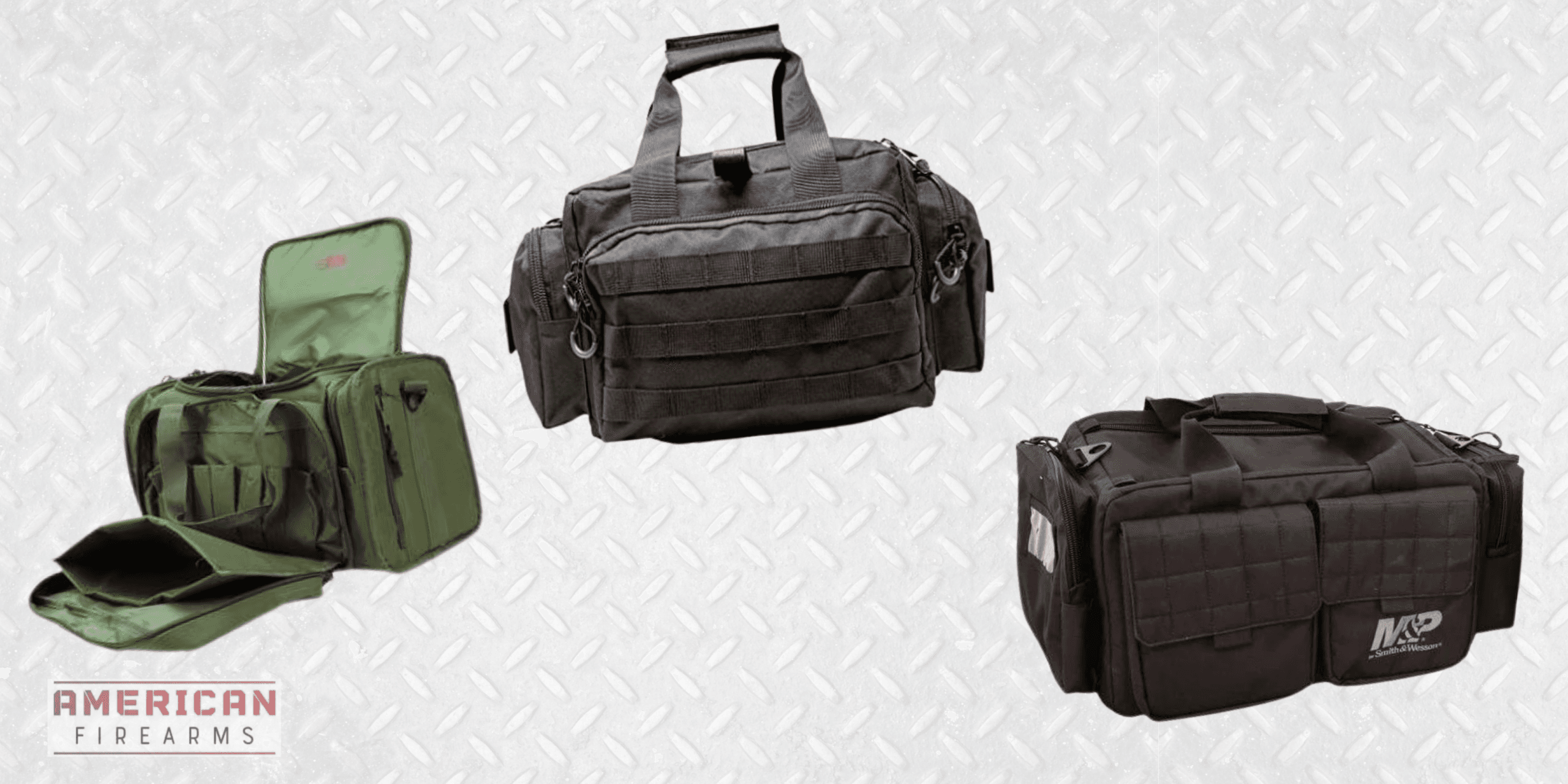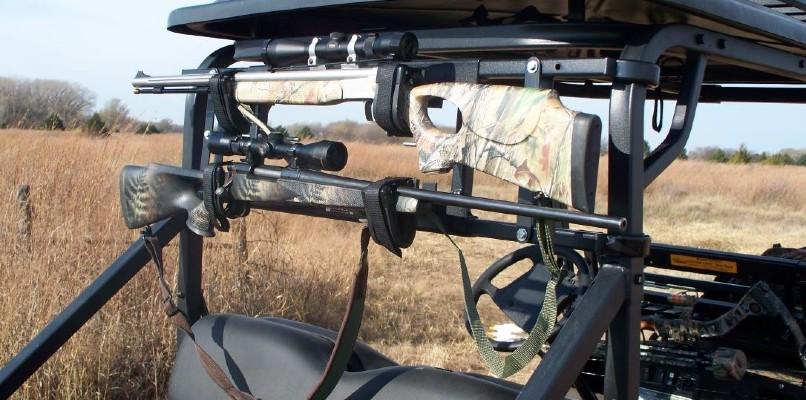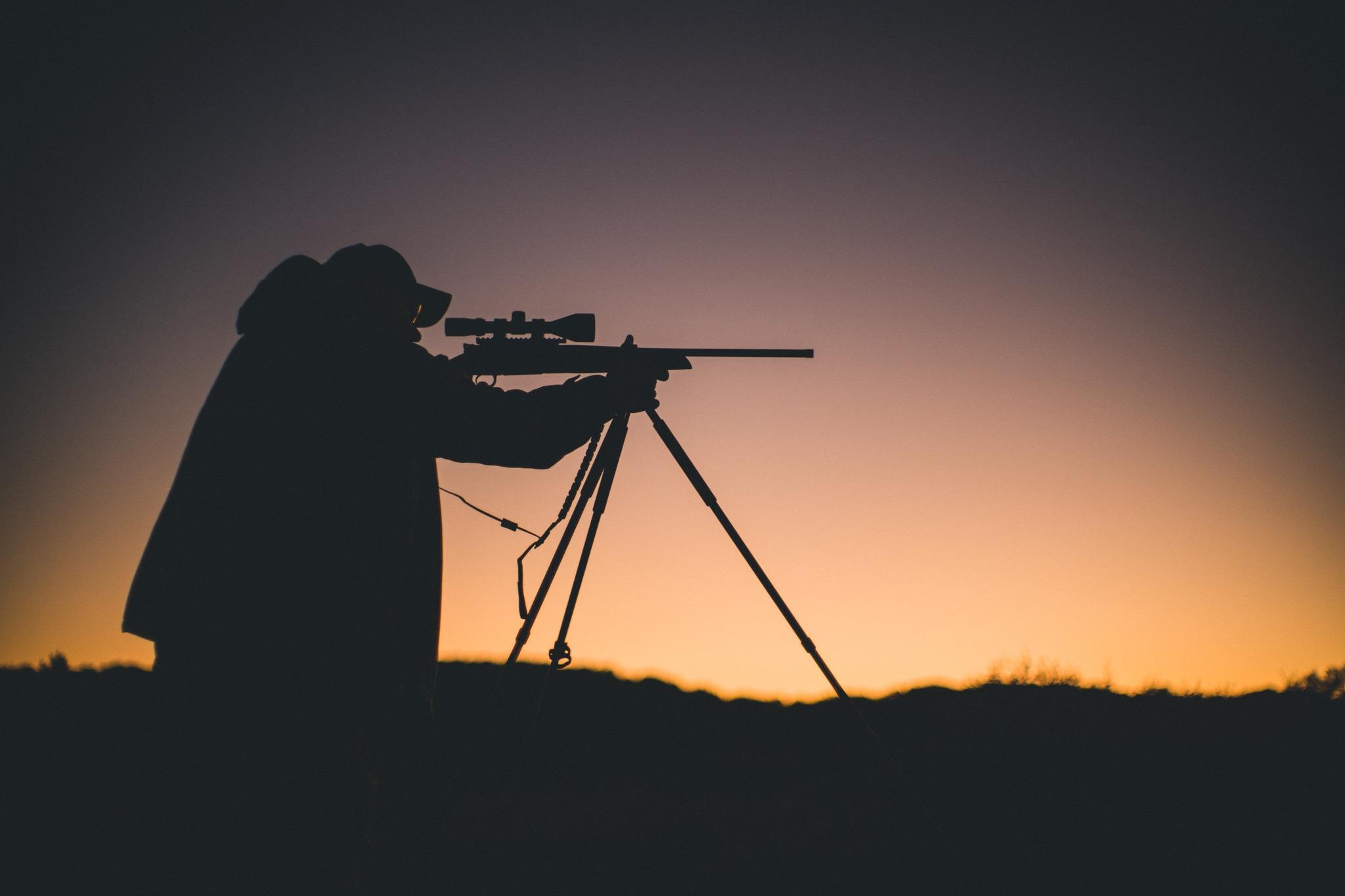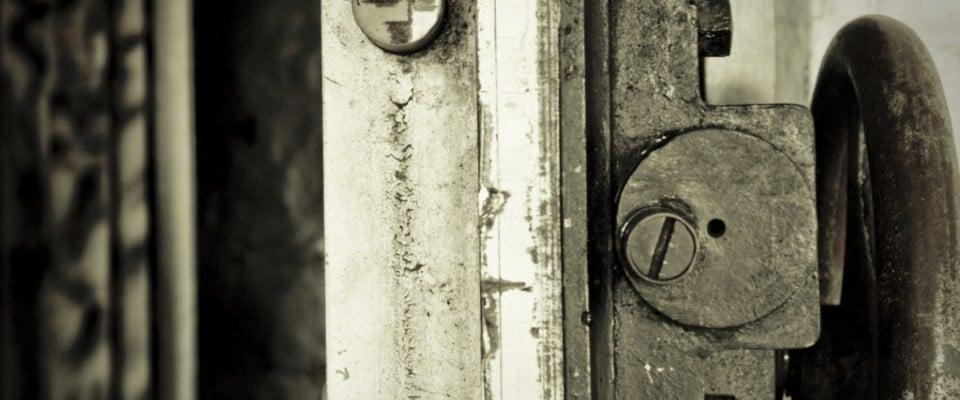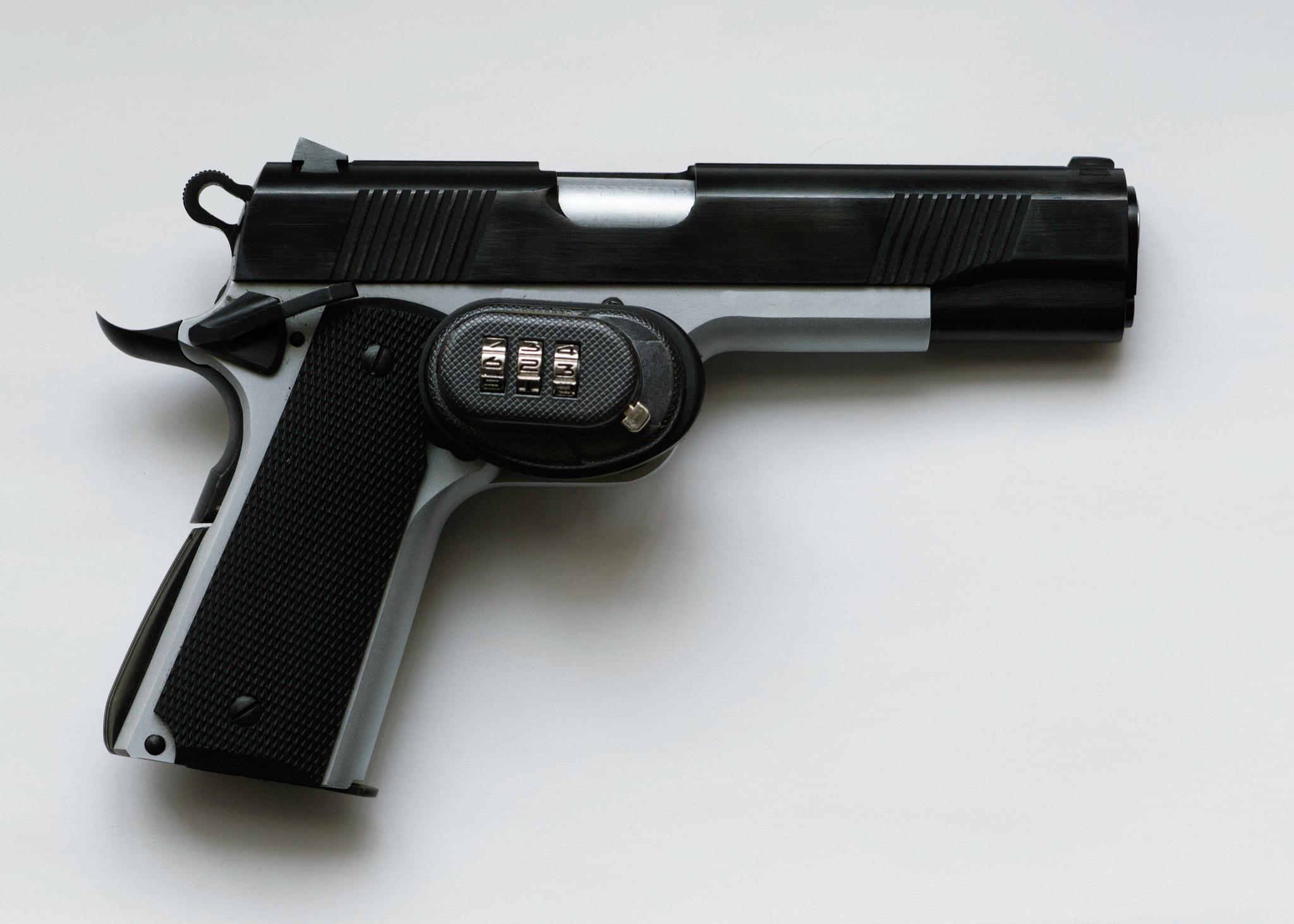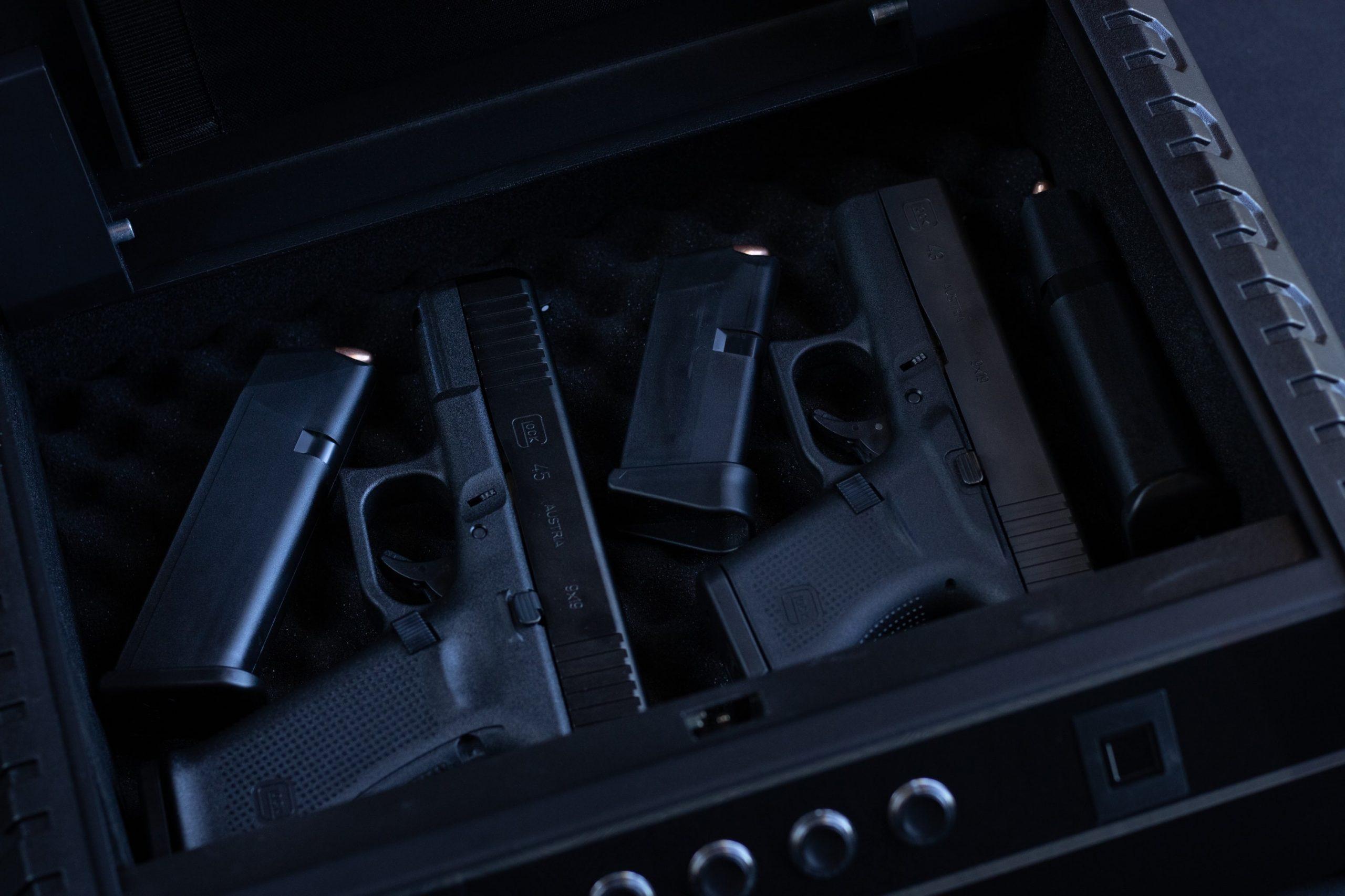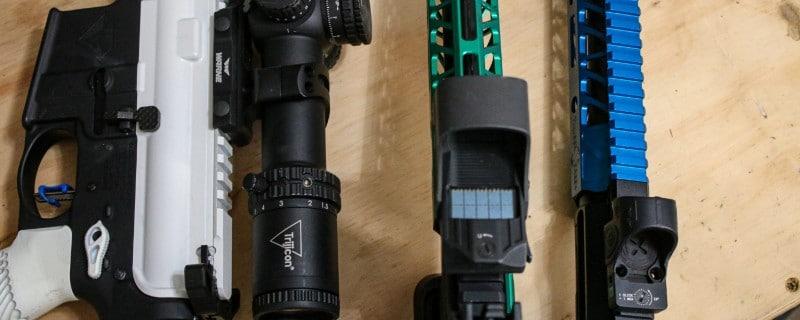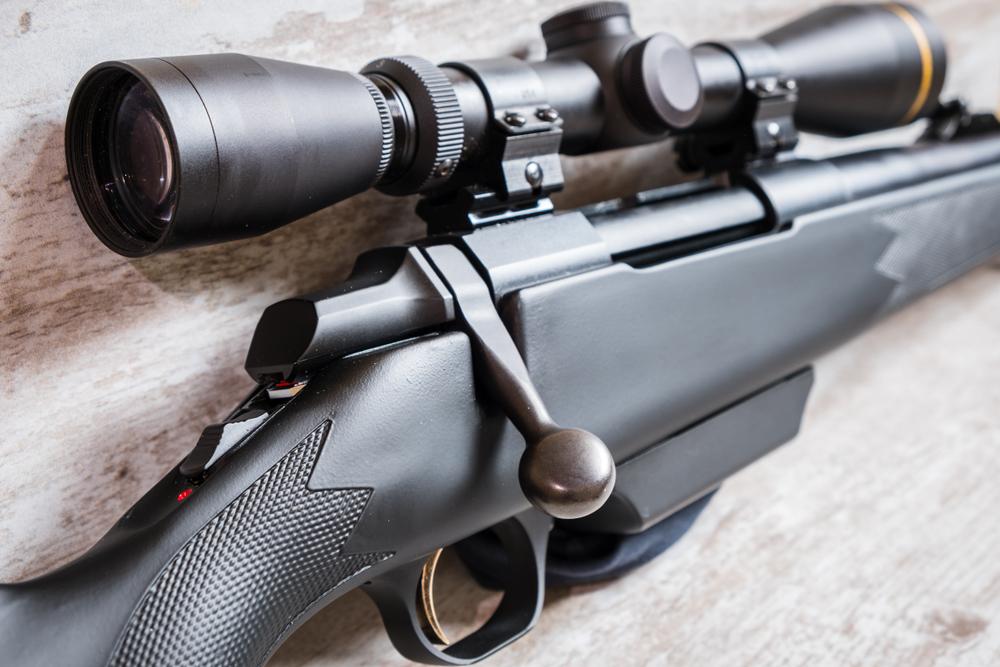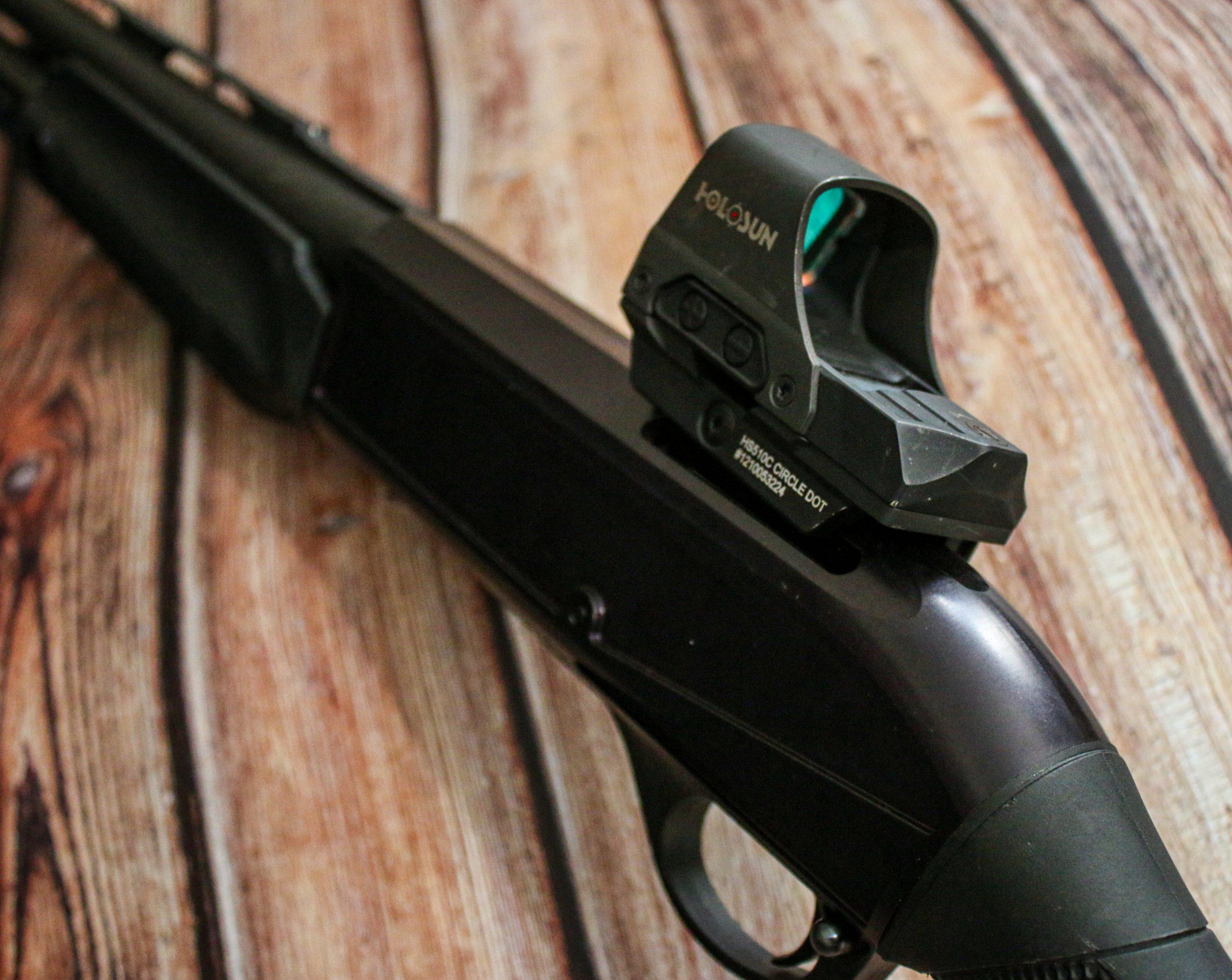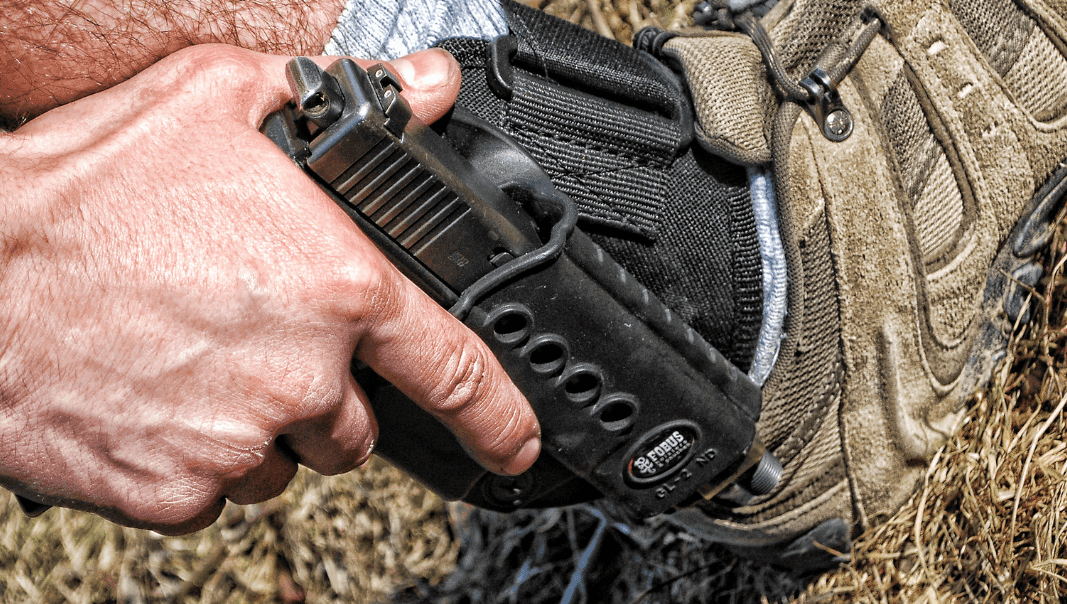The Ultimate Guide to AR-10 Lowers: History, Expertise, and Precision
Written By
Megan Kriss
Expert Contributor
Edited By
Michael Crites
Licensed Concealed Carry Holder
Share:
Products are selected by our editors. We may earn a commission on purchases from a link. How we select gear.
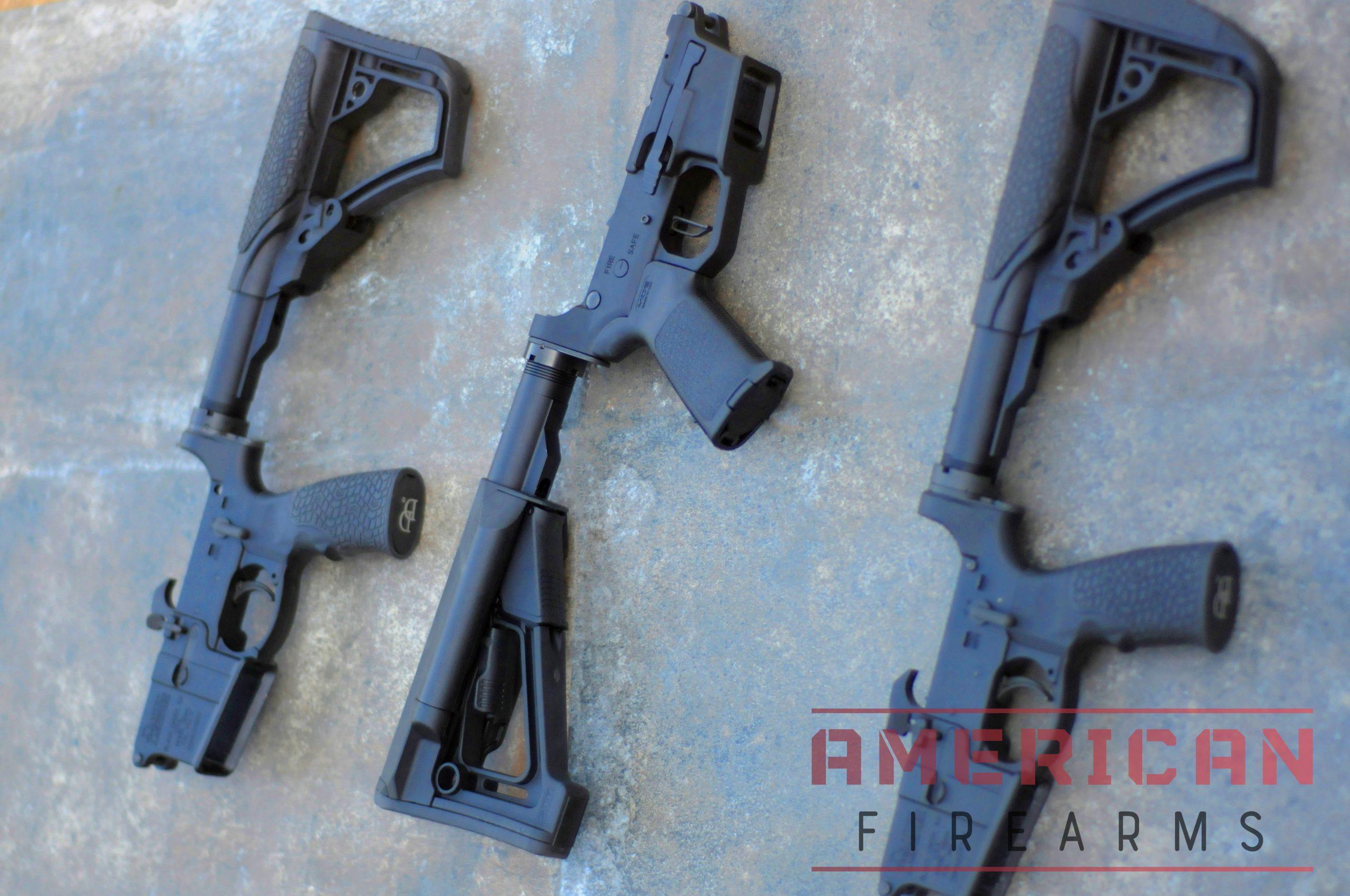
Updated
Oct 2023
More than most firearms, the AR platform stands as a hotbed of innovation and an endless pursuit of raw capability. Building an AR-10 from the ground up isn’t just about assembling parts; it’s about understanding the legacy of a rifle that has shaped history.
Just as every great monument requires a robust foundation, your AR-10 demands a carefully chosen lower for optimal performance and longevity.
The AR-10’s journey began in the 1950s, a brainchild of Eugene Stoner, who envisioned a rifle that would revolutionize the world of semi-automatic firearms. But did you know that the AR-10 almost didn’t make it to the limelight? In its early days, the AR-10 faced stiff competition and was overshadowed by other rifle designs.
However, its innovative ideas and adaptability ensured its survival, and today it’s celebrated as one of the most versatile and reliable rifle platforms anywhere.
Choosing the right AR-10 lower is a blend of art and science. It’s where history meets modern engineering. The serialized heart of the rifle, the lower receiver, is where your build begins, setting the tone and tenor for the rest of the assembly. But with the myriad of options available today, how do you discern which is the best fit for your needs and budget?
In this comprehensive guide, we’ll delve deep into the intricacies of AR-10 lowers, drawing from decades of hands-on experience and expertise. From understanding the nuanced differences between various types to exploring the historical significance of the AR-10’s evolution, we aim to provide a holistic perspective that’s both enlightening and practical.
Join us as we embark on this journey, retracing the footsteps of Eugene Stoner, uncovering lesser-known historical anecdotes, and equipping you with the knowledge to make an informed decision for your next AR-10 build. Whether you’re a seasoned gunsmith or a curious enthusiast, there’s a wealth of information waiting to be discovered.
In This Article
AR10 Lower Comparison
Below is my list of quality AR10 lower receivers. I list the best choices in terms of value, performance, design, and cost.
Click on the name to head to the product page, read reviews and check prices or skip ahead to the list of lowers.
| Product | Selection | Price |
|---|---|---|
Best Overall | $444 | |
Budget Pick | $299 | |
DPMS Pick | $499 | |
Folding Pick | $229 | |
Best Set | $498 | |
Also Great | $391 |
Why You Should Listen to Us
I’ve been shooting various rifles built on the AR-10 platform for almost a decade now, and in that time, I’ve gotten my hands on just about every one of the most popular models out there.
From hunting to competition, to just plinking at the range, these rifles can do it all, and do it well. And it all starts with the lower.
I’ve built several rifles from the ground up, starting with the lower receiver, so I’ve developed a good idea of what works and what doesn’t, and how to find high-quality, well-machined work without spending a fortune in the process.
So let’s take a look at the best options out there right now.
AR10 Lower Receiver Reviews
1. Aero Precision M5 AR10 Lower
First up, we have a cult favorite, the Aero Precision M5. Aero Precision is a bit of an industry standard that manufacturers lowers for a number of other OEMs, and they have some of the best machining quality in the business, which makes them an easy recommendation when talking about the best AR10 lowers in the game.
They also really cater to builders, and they have everything from stripped lowers to partially assembled lowers to fully-finished complete lowers that are ready to go right out of the box.
Plus, additions like their threaded tension screw are sweet touches you don’t find elsewhere at this price point.
They also have a variety of finishes and builders kits available in various Cerakote colors/designs. These kits are great if you want matching upper and lower receivers, especially if you want something in a specific color or pattern and their rugged design.
The lower itself is machined incredibly well from aircraft-grade aluminum and takes all standard AR 308 parts, so you can install whatever fire control group, bolt catch, magazine release, and AR-15-style grip that you want.
2. Palmetto State Armory PA-10 Lower Receiver
Palmetto State Armory have carved out a niche for themselves as the lords of the budget AR market. They, somehow, sell uppers, lowers, and complete rifles for well under almost any other manufacturer that’s worth a damn, and I love it.
I love my PA-10 rifle, which I built from the ground up, I might add. I started with a PA-10 lower receiver set and added parts that suited my overall goal for the rifle. I’ve never had an issue with performance, quality, or feeling like I got a good value for my money.
At the end of the day, the lower in an AR platform is not a high-stress component. It’s not going to explode on you, and it isn’t really going to fail in most cases unless you take a hammer to it or do something equally silly.
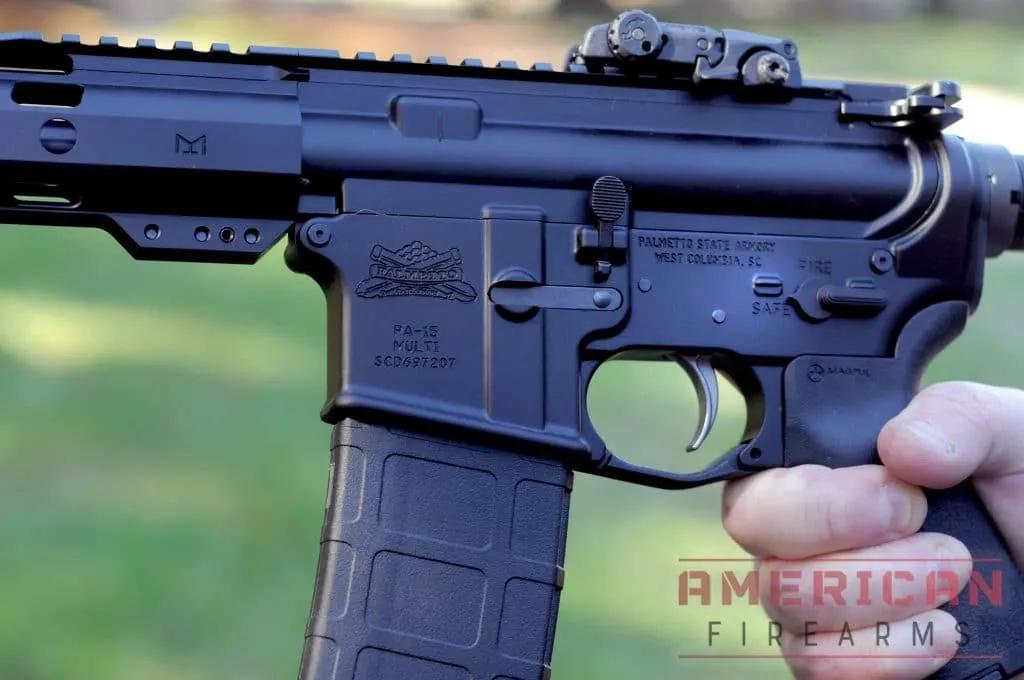
The exception is the ears the pivot pin goes through to lock the upper and lower together, as these can be kinda fragile. Still, though, don’t use a framing hammer to put your gun together, and don’t use the gun as a hammer, and you’re probably not going to break your receiver.
If you’re looking for a budget-friendly receiver set option that doesn’t suck, this is the one to go with. We’ve tested the snot out of these lowers and have two rifles built on them sitting in our safe right now.
They work and, for the price, they’re awfully hard to beat.
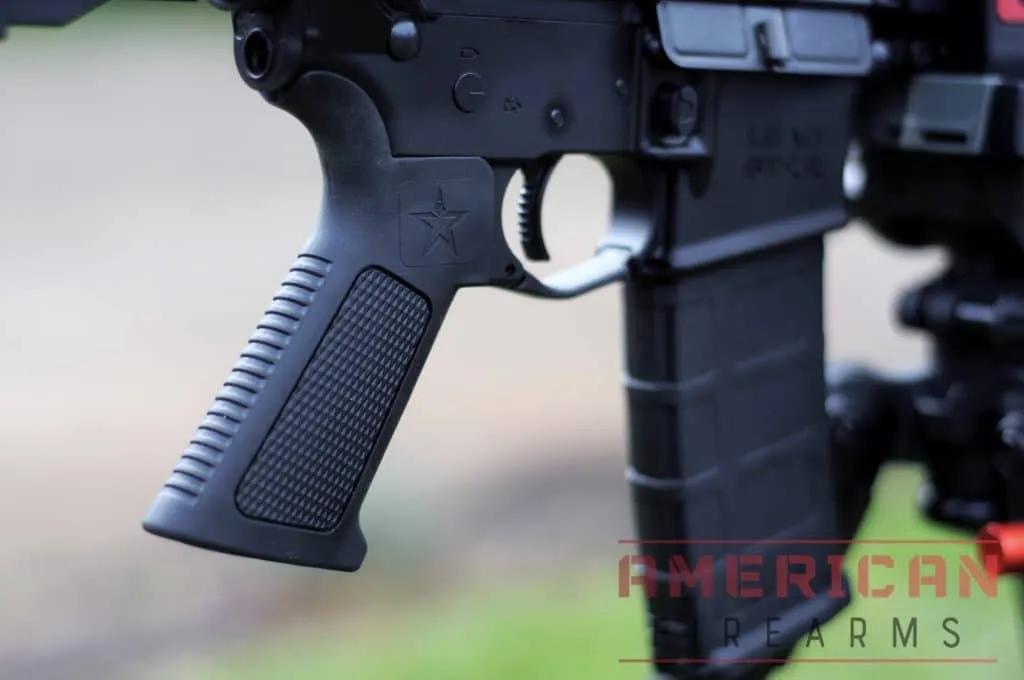
3. Armalite AR-10 Lower
If you’re looking to build a classic AR-10 with accurate-to-the-original parts, then there’s only one option out there for you: a genuine Armalite AR-10 lower.
These days, almost every other lower used the more common DPMS-style design that has, among other things, a different cut at the rear of the upper where the upper and lower mate together.
Because of this, if you want a truly classic AR-10, you have to get a real Armalite lower or go with one of a limited number of clones (like the Brownell’s option we’ll discuss at the end of this section).
Fortunately, even though Armalite ceased to be a going concern decades ago, the brand and some of the original tooling were purchased and revitalized back in 1996. Since then they’ve been chugging along, producing more AR-10 goodies for us retro rifle fans.
Sadly, the original AR-10 design isn’t nearly as popular as the LR-308 these days, so most of what you’ll find in terms of uppers will be for the new kid on the block, and finding parts for the original AR-10 can be something of a pain.
Still, Armalite makes great stuff to this day, and there’s no better option if you want a modern version of the original AR-10 rifle.
4. 17 Design & Manufacturing Integrated Folding Lower
If you’re looking for something a little more compact, say for a truck gun or home-defense rifle, or even a compact hunting rifle, then the 17 Design & Manufacturing Integrated Folding Lower is a great option for you.
This isn’t one I’ve owned personally, but I’ve tested a rifle built on this lower and I absolutely loved it. The ability to fold a long-barreled rifle like an AR10 is a blessing for anyone with limited storage space, and an absolute godsend for backcountry hunters.
If you’re looking to build a rifle that you’ll be transporting often, especially if you’re going to be carrying it strapped to a pack on a long trek, this is the upper I’d recommend you go with.
The folding design is a great little bonus on an already great lower, and everything else about it holds up as well. Fit and finish are immaculate, and you won’t struggle to find a lower that will look good and perform well on top of it.
5. Cross Machine & Tool AR10 Receiver Set
Cross Machine & Tool Company (CMT) has been making some excellent AR parts and receivers for quite a while now, and their LR308 lower does no damage to the stellar reputation they’ve earned over the years.
The Cross Machine & Tool Lower is an LR308-pattern lower and is a great option if you want a Mil-spec style upper & lower combo. The finish is a hard black anodization that, in my experience, seems to be well-applied and durable.
The one we have has been dragged through many a bush and knocked around on quite a few competition stage barricades and shooting platforms, and it still looks (mostly) as good as new. No finish is going to survive heavy use forever though, so points to CMT on this one.
The full upper & lower set is also fairly affordable, so if you’re looking for a relatively cheap stripped combo set to get your build started, this is a great place to go.
6. Brownells BRN-10 Lower
Lastly, we have the BRN-10, a fairly unique AR-10 lower from one of our favorite online retailers, Brownells.
This is a proprietary lower that Brownell’s offers both standalone and as part of their historic recreation of the original AR-10. The full BRN-10 rifle comes complete with wood furniture and an upper that mimics Stoner’s classic monolithic look as closely as reasonably possible.
It’s a well-made lower and along with Brownell’s other Retro rifle lineup, is a great little addition to the world of AR10-style lowers. If you’re looking for a fun project and want to make something that’s a little off the beaten path, owning this historical recreation might be just the ticket.
It has been upgraded a touch from the old days though and will accept any AR-15 compatible trigger group, as well as any AR-15/308 buffer tube and stock that you’d like to put on it.
You can turn this into a classic AR-10, a recreation of one of the latter-era Dutch or Portuguese rifles that were built on the original Stoner design, or you can just Frankenstein together something all your own if that’s what you’re looking to do.
As a cool project base, it’s a solid piece of kit, and it’s also perfectly functional for hunting or even for a competitive shooter if that’s what you want to build towards. What’s not to like?
History of the AR10
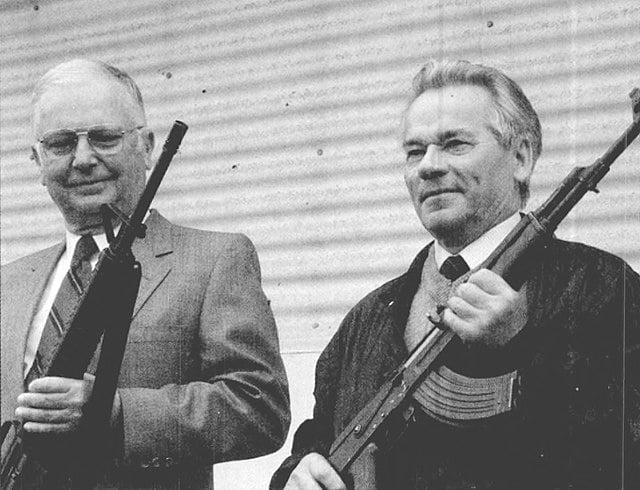
In 1954, George Sullivan, a patent lawyer for Lockheed Corporation, founded the ArmaLite Corporation, an engineering firm with the goal of creating innovative firearm designs that they could then sell to established manufacturers.
Later that year, Eugene Stoner joined Armalite and began work on a select-fire 7.62×51 infantry rifle to replace the aging M1 Garand in trials being held by the US military at Aberdeen Proving Ground.
Dubbed the AR10, this rifle would end up being passed over in those trials, but the overall design would stick around until the modern day in the form of the slimmed-down AR-15 that of course spawned the M16, M4, and many other modern rifles we know and love.
That wouldn’t be the end of the AR-10 though, far from it. The design would go on to be licensed to a Dutch company from 1956 to 1960 when it was sold to Colt Manufacturing Company.
In 1961, Stoner left Armalite to serve as an advisor to Colt on the AR10 and AR15, before moving on to other projects.
In the years following Colt’s acquisition, the AR-10 has only grown in popularity, is one of the most popular rifle platforms around, and is easily the second most popular semi-automatic rifle design you’ll find on the market today in the US (behind the AR15).
Dozens of rifles are built on the AR-10 platform these days and with good reason. It continues to be a solid, dependable choice for shooters who want a semi-automatic battle rifle that can slay deer and ring steel with equal aplomb.
It’s also still around in military use, including variants such as the L129A1, SR-25, M110, and others.
While the original AR10 never really sold well, nor was it adopted immediately, it has a powerful legacy in the AR15 and a special place in the hearts of many shooters to this day.
Why Build Your Own AR10 lower?
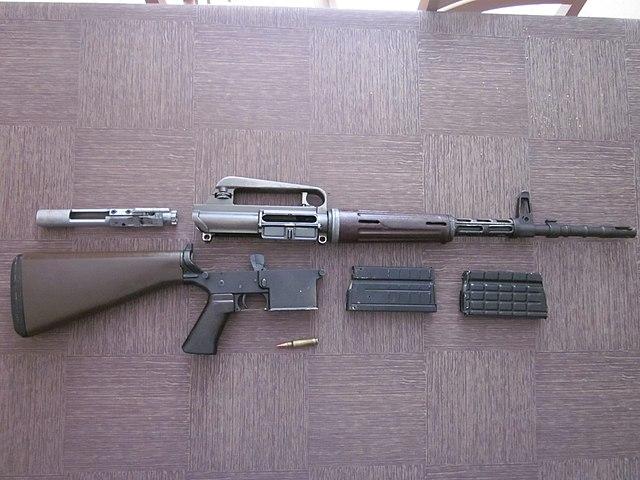
The AR-10’s design, conceived by Eugene Stoner, was revolutionary for its time. However, it wasn’t just the design that made it iconic; it was the spirit of innovation and adaptability.
Building your own AR-10 lower is more than a technical endeavor; it’s a nod to this spirit. It’s about embracing the legacy of a rifle that was once overlooked but rose to prominence due to its unparalleled versatility.
By crafting your own lower, you’re not just assembling a piece of metal; you’re becoming a part of a lineage of firearm enthusiasts who value precision, history, and craftsmanship.
You can always just buy a complete, perfectly good rifle, either off the shelf at your LGS or from your favorite online retailer, but there are some notable benefits to rolling your own with your AR build.
First, there are the customization options, and I don’t just mean little gun parts that offer cosmetic touches like a colorful magazine release.
When you build your own AR10, you can start with a stripped lower receiver that is basically just a hunk of aluminum with holes drilled in the right places, so you can truly choose every single piece that goes into it — literally all the parts — from the upper receiver, LPK, trigger, a specific set screw, etc.
Now, do the individual springs and roll pins matter? Not really, unless your parts supplier doesn’t include enough of them. Things like the trigger, grip, fire-selector, and a bolt or ambi magazine release are your main interface with the rifle.
These control surfaces have a huge impact on how well you can shoot and manipulate your guns, and choosing the best ones will always be a very subjective endeavor — unlike things like barrel length or twist rate.
When you build your guns from the ground up, whether you use a drill press or just the takedown pins, you can choose all of these bits individually and truly tailor them to your own preferences, which will have an immensely positive effect on the rifle’s performance in your hands.
Having this flexibility to build your own rifle is the main reason we suggest building over buying, but it can also save you money in the long run. Most stock triggers are crap, and even the ones in otherwise good rifles can underperform, which was our take on our DDM4 review. Great rifle, meh trigger.
This is just one part that many, many shooters will want to upgrade later anyway, so why go with the inferior product to start with? Buy once, cry once, and save yourself the extra time and money.
You will also come out of this experience with a much better idea of what aftermarket parts you want to buy and how to upgrade them going forward. Adding ambi controls like an ambidextrous bolt release, for example, will become a lot easier if you know how to build the rifle from the ground up.
Must-Have AR10 Lower Features
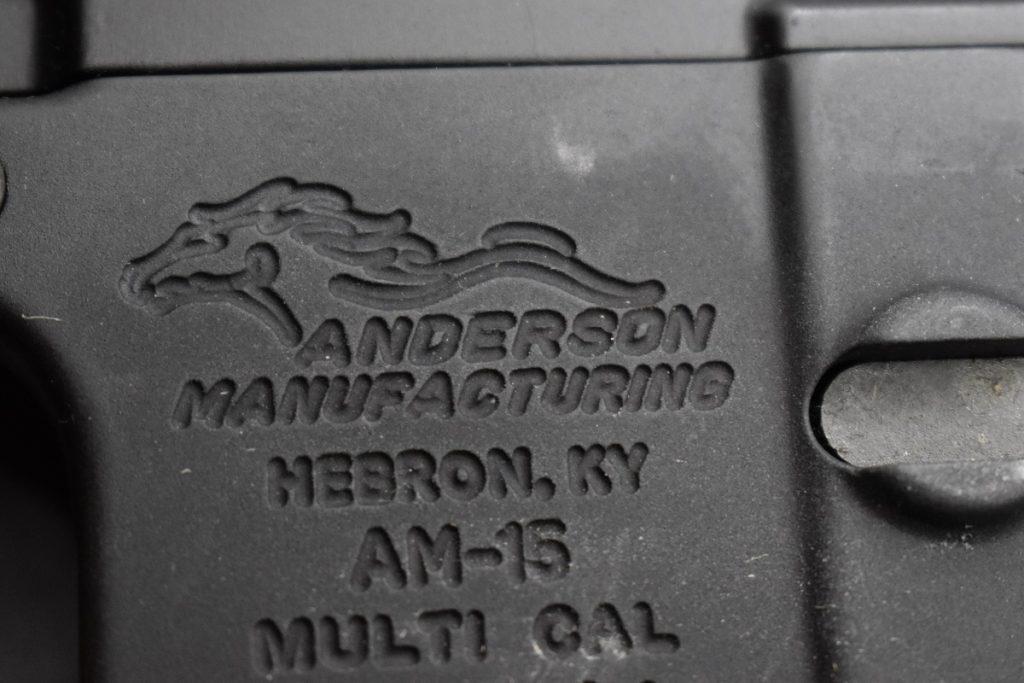
When you’re choosing your lower, there are a few things you should keep in mind. This applies to choosing one from our recommendations as well as ordering off the menu.
1. Go With a Known & Reputable Brand
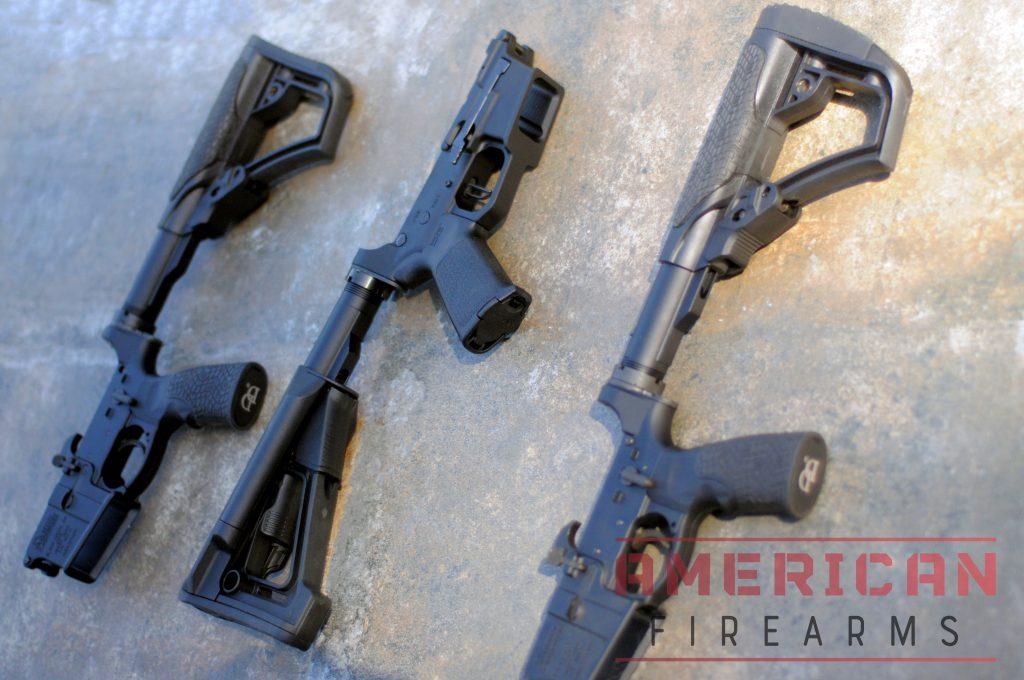
First and foremost, I’ll always recommend going with a known and reputable brand that isn’t just churning out junk. There isn’t as much crap out there in the world of AR10 lowers as there is on the AR15 side of things, but there’s still junk ready to be bought by the unwary.
In general, the manufacturers on this list are solid, as are Seekins Precision, LWRCI, Daniel Defense, and DPMS. There are others as well, but in general, I only like to recommend products I have some hands-on experience with.
2. Billet vs Forged Aluminum
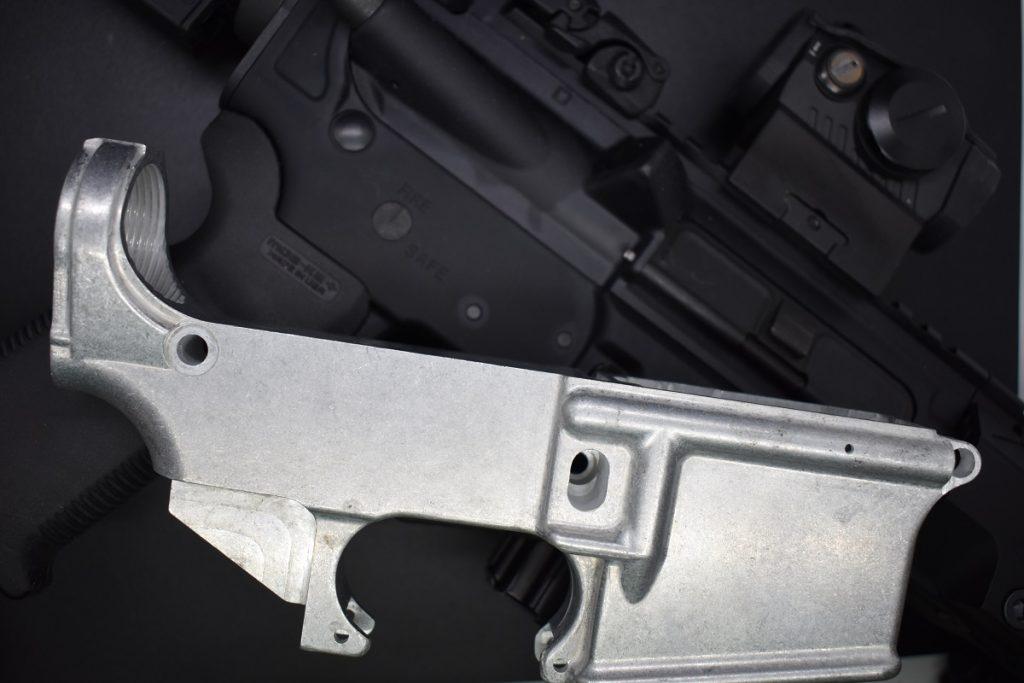
Another thing to think about is whether you want to go with forged or billet aluminum.
Now, this is a topic that will get most people all up in arms in comment sections across the internet, but there are really only two things you need to know about the subject.
First, forged lower receivers are cheaper and slightly stronger than billet receivers. On the other hand, a billet receiver is 90% as strong, and still far stronger than you’ll ever need your AR lower to actually be. Remember there are polymer lowers out there that work perfectly fine.
The other big difference is that billet lowers run through a machining process that delivers a higher level of precision and can be customized by the manufacturer much more than a forged option. If you’re looking for something a little different than mil-spec, this is the way to go for sure.
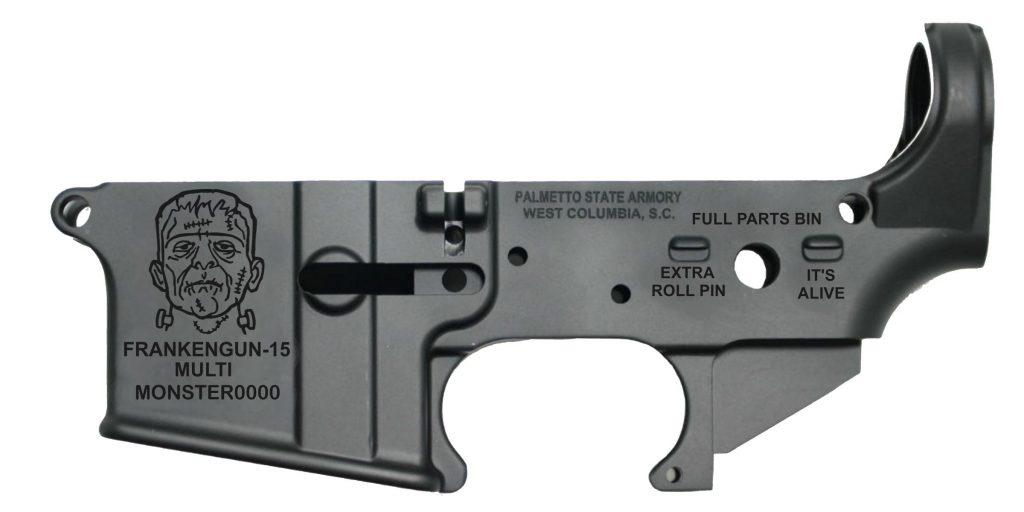
Billet lowers will also generally have slightly better fitment within the same manufacturer’s lineup, so if you get a billet upper and lower from the same company, you can be sure everything will lineup and lockup nice and tight, with no gaps or wobble.
At the end of the day, forged vs billet comes down to your preference and budget, and whether or not you care about things like an integral trigger guard and extra customization, which can only really be had with billet offerings, generally speaking.
An integrated trigger guard can also be a positive or a negative thing, depending on how much room it offers, especially if you often shoot with gloves, you keep that in mind as well.
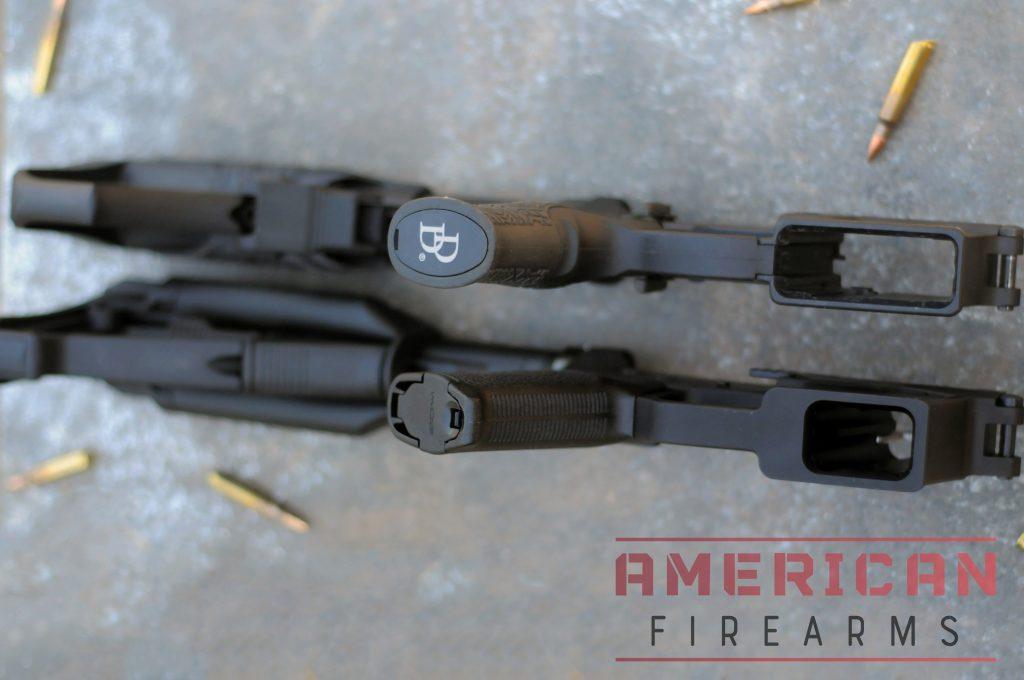
Types of AR10 Lowers
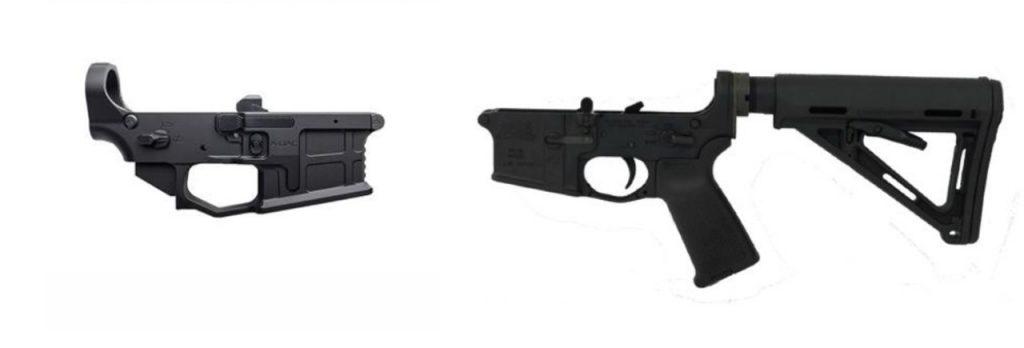
There are also a few different types of AR-10 lower floating around, and you’ll want to understand the difference, especially if you’re going to be buying your upper separately, as not all parts are interchangeable.
DPMS LR-308 VS Armalite AR-10
The most important thing is to figure out whether you’re looking for a DPMS-style lower, or an Armalite-style lower (or something else like an HK417 or the new Brownell’s BRN-10).
These lowers have parts that are not compatible, and you can’t mix and match uppers.
You can’t put DPSM-pattern parts in an Armalite-style rifle and vice versa, so it’s important to get the right buffer tubes, gas blocks & tubes, bolt catches, and so on.
There are a few interchangeable small parts, like trigger springs, takedown pins, roll pins, threaded brass inserts for things like the bolt catch pin hole, and so on, but make sure you do your research before you try to swap in parts from the other style of rifle.
As far as choosing between the two styles, the newer DPMS option is generally the way to go, and you’ll see it sold as LR-308, AR-308, and a host of other names. This is the most common option by far and is generally cheaper to boot.
Of course, if you want a traditional, classic AR-10, then you’ll have to get the AR-10 style lower and a compatible upper. I’ve never seen the point in going this route, but it’s there if it’s something you’re interested in, or you just want something different.
This is also probably the way you’ll want to go if you’re looking at building an SR-25/ MK11 or another military rifle clone.
For the average shooter though, go the AR-308 route. It’s easier, it’ll give you many more options to choose from, and it’ll even cost you less.
Stripped vs Complete Lowers
Some terms you’ll also see floating around are “stripped”, and “complete”. These refer to the additional parts that may or may not come already installed on your lower.
First up, stripped means you’re getting a bare receiver that has been finished (anodized or Cerakoted) and nothing else. No springs, no pins, no trigger, nothing at all installed.
If you go this route, you’ll have to source parts yourself, which may or may not be a good thing depending on how much actual building you want to do. You will get (or have) to choose all your own parts, though there are numerous parts kits available that’ll have everything you need.
A complete lower means that everything is there and this lower is ready to be installed with as little work as possible. Sometimes the furniture (grip and stock) is installed as well. This is the way to go if you don’t want to build everything yourself and just want to purchase something that’s more or less ready to go without any extra work.
This clear delineation makes the choice pretty easy from my perspective.
What You Get for Your Money
- $<150: This range will get you a stripped lower with no extra parts. Sometimes you can get some very cheap blemished options which will usually be marked BLEM. These are a great way to build a rifle on the cheap, and will only have mild cosmetic damage that you’ll hardly notice. Plus — more cash for ammo or spare mags!
- $150-$350: This is the realm of complete uppers that have crappy to decent parts already installed, though you may still need to add a grip and stock. You’ll see brands like Lewis Machine,
- $350+: Much further past $350, you’re getting into the realm of premium components like upgraded triggers and maybe some fancy customization as well. This will typically be billet uppers with furniture pre-installed from brands like Noveske and Glen Seekins’ own Seekins Precision.
$<150: This range will get you a stripped lower with no extra parts. Sometimes you can get some very cheap blemished options which will usually be marked BLEM. These are a great way to build a rifle on the cheap, and will only have mild cosmetic damage that you’ll hardly notice. Plus — more cash for ammo or spare mags!
$150-$350: This is the realm of complete uppers that have crappy to decent parts already installed, though you may still need to add a grip and stock. You’ll see brands like Lewis Machine,
$350+: Much further past $350, you’re getting into the realm of premium components like upgraded triggers and maybe some fancy customization as well. This will typically be billet uppers with furniture pre-installed from brands like Noveske and Glen Seekins’ own Seekins Precision.
How We Selected These Products
When I chose our recommendations for this list, I leaned hard on my own personal experience building and shooting these rifles, as well as the experience of my husband, who is an even more experienced rifle-builder than I am, as well as a former gunsmith and machinist.
We also asked a few of our industry friends at various manufacturers, as well as a high-end rifle builder that caters to serious competitors and small tactical law-enforcement units.
Everyone had ideas and suggestions that basically lined up with what I wanted to mention, but I definitely appreciate having such a supportive group to call upon for different perspectives than just my own.
All of these lowers passed muster with them, and they’ve worked incredibly well in my testing as well, so I can say with confidence that these are the manufacturers to look at when it comes time to build or upgrade your own AR10 rifle.
Further Reading
- NRA Blog. (2017) A Brief History of the AR-10, the AR-15’s ‘Big Brother’
- American Rifleman. (2018) The AR-10 Story
Updated
March 14, 2023 — After careful reexamination of this guide, we stand by our present AR-10 lower recommendations. We’ve updated images and links where appropriate.
Sign up for our newsletter
Get discounts from top brands and our latest reviews!

